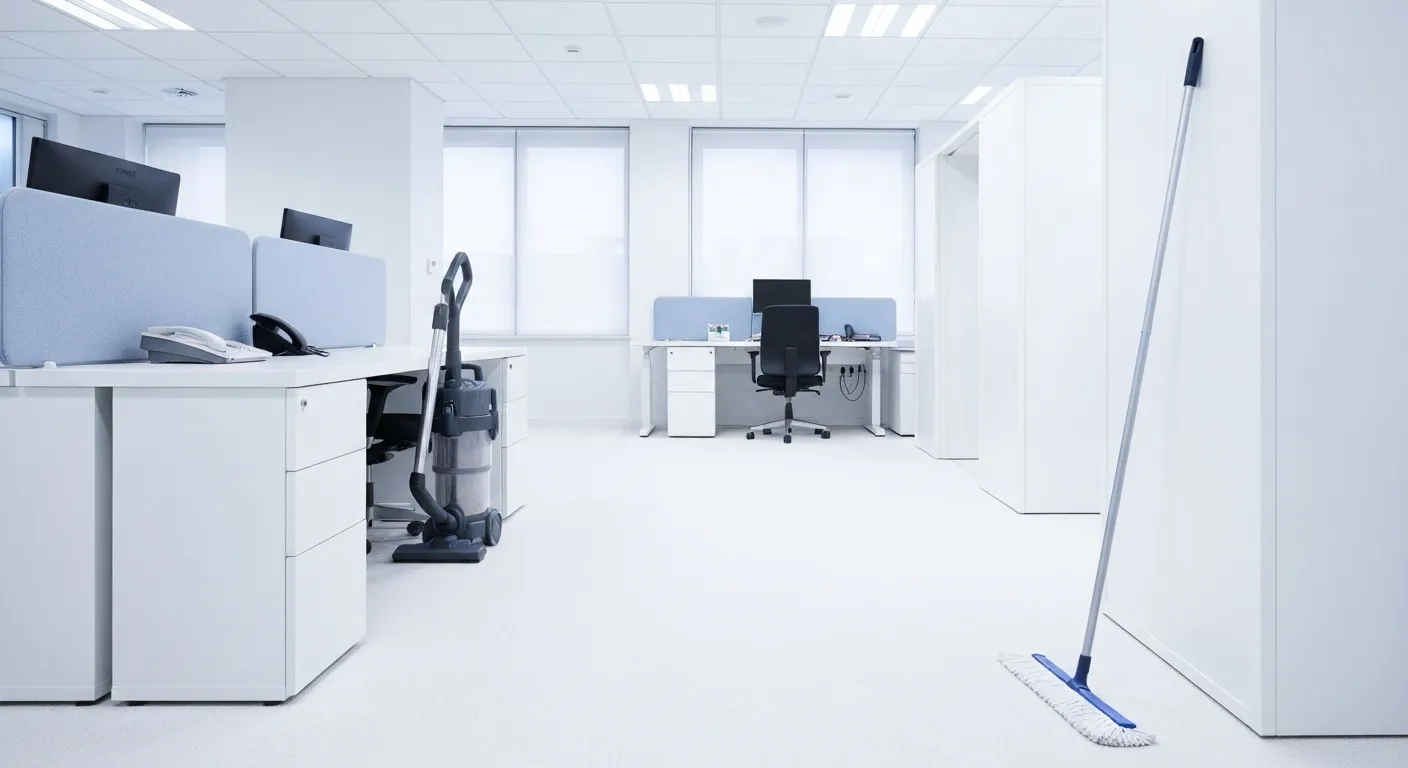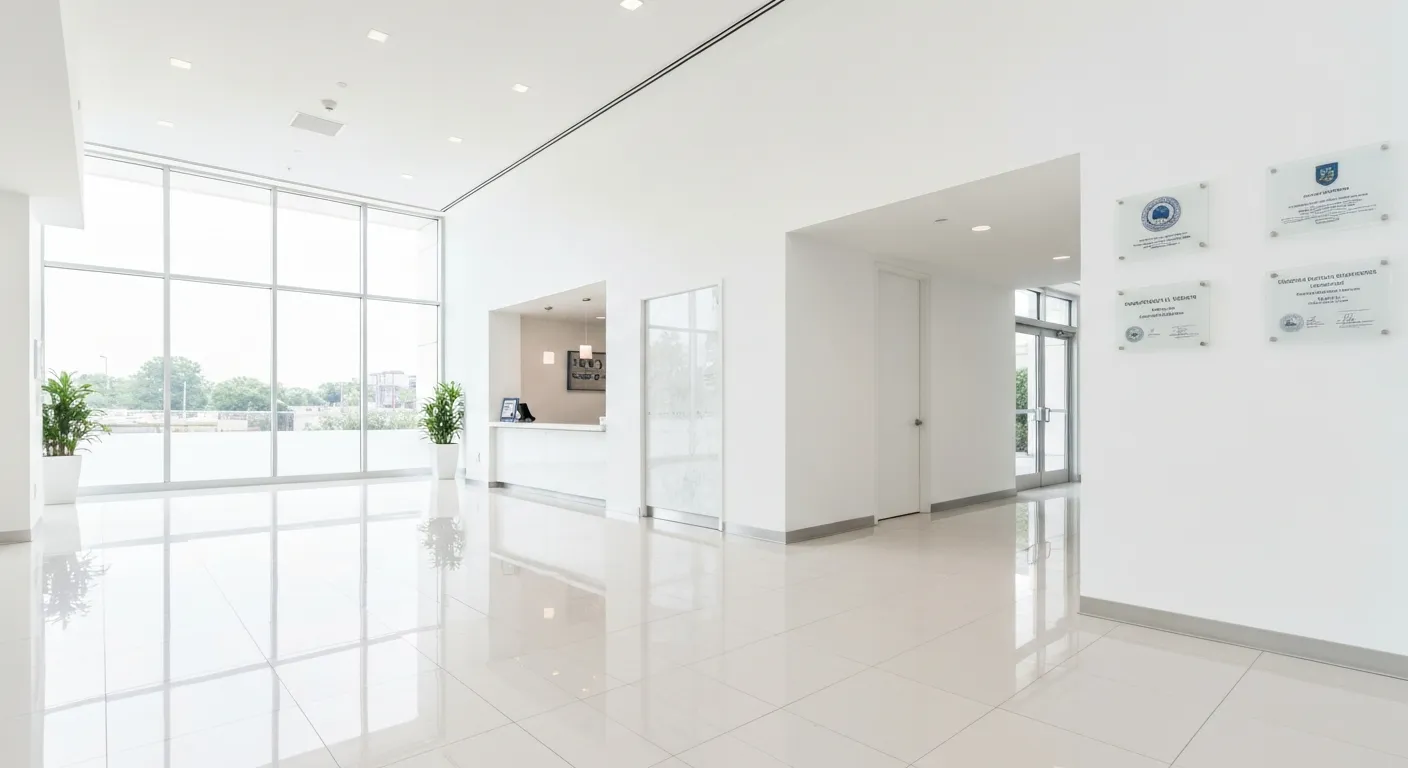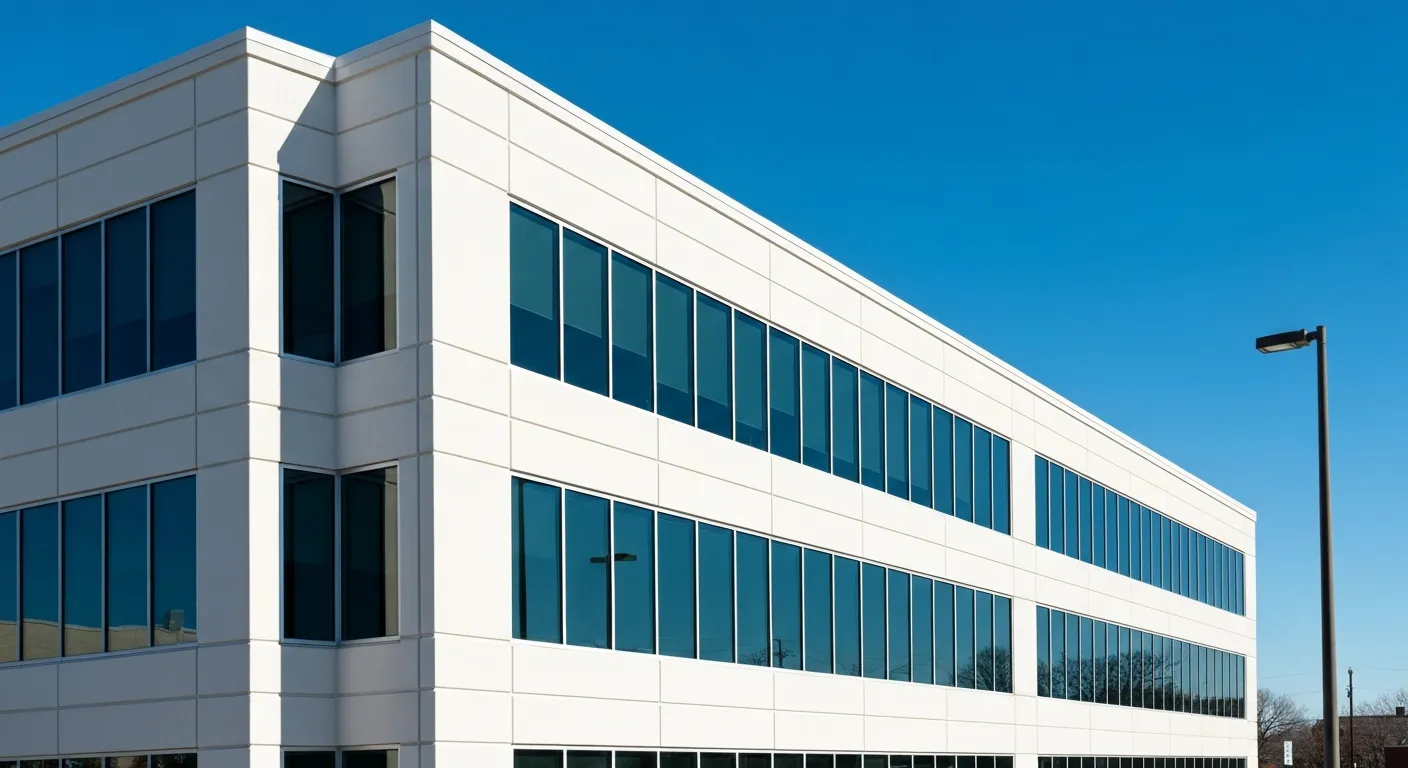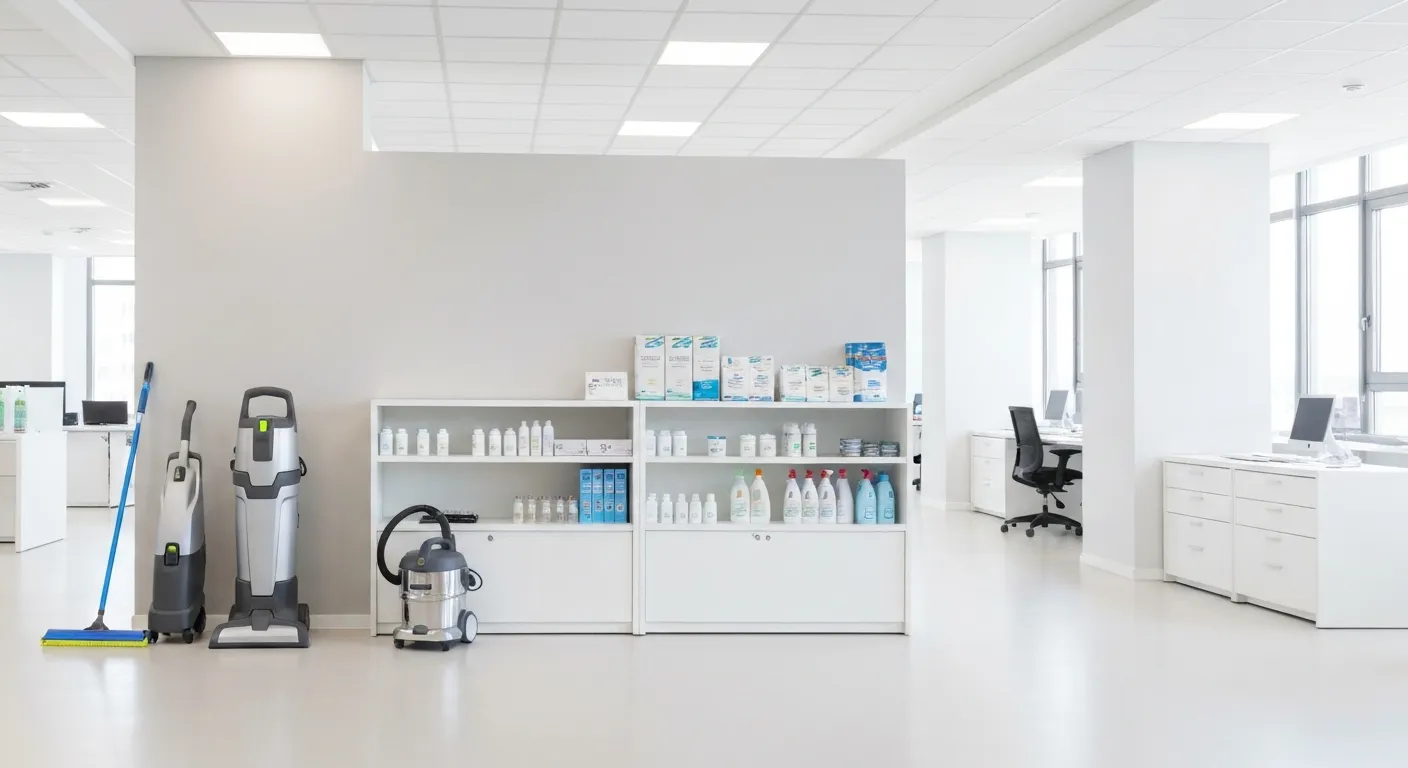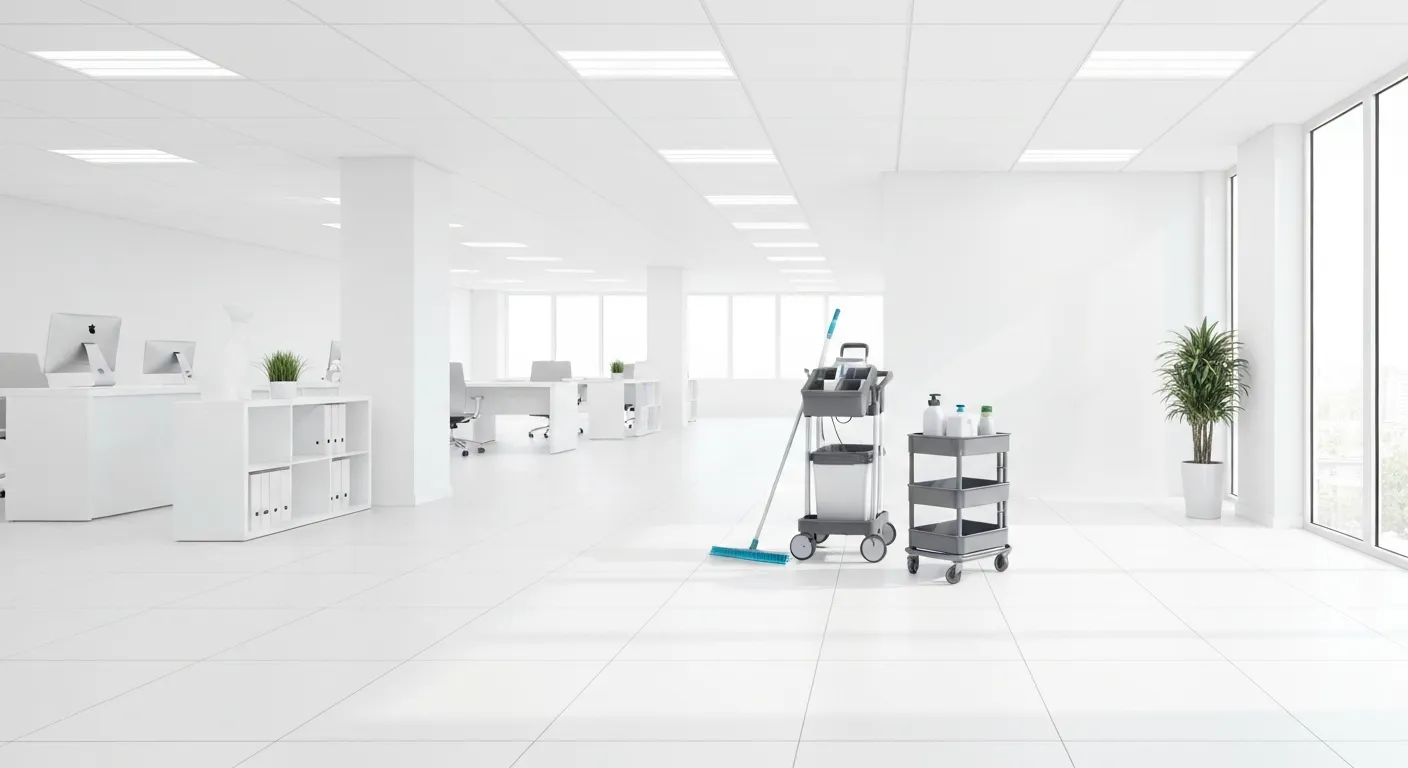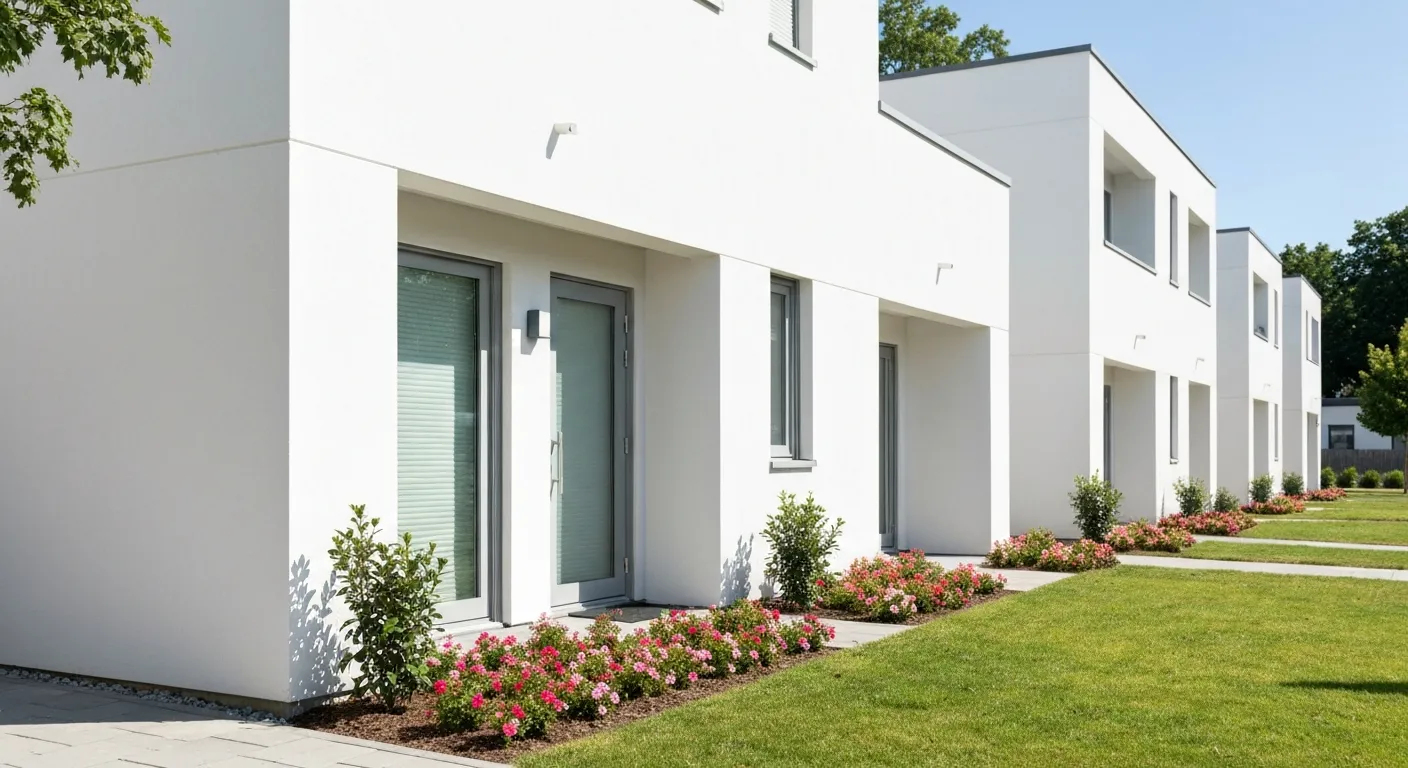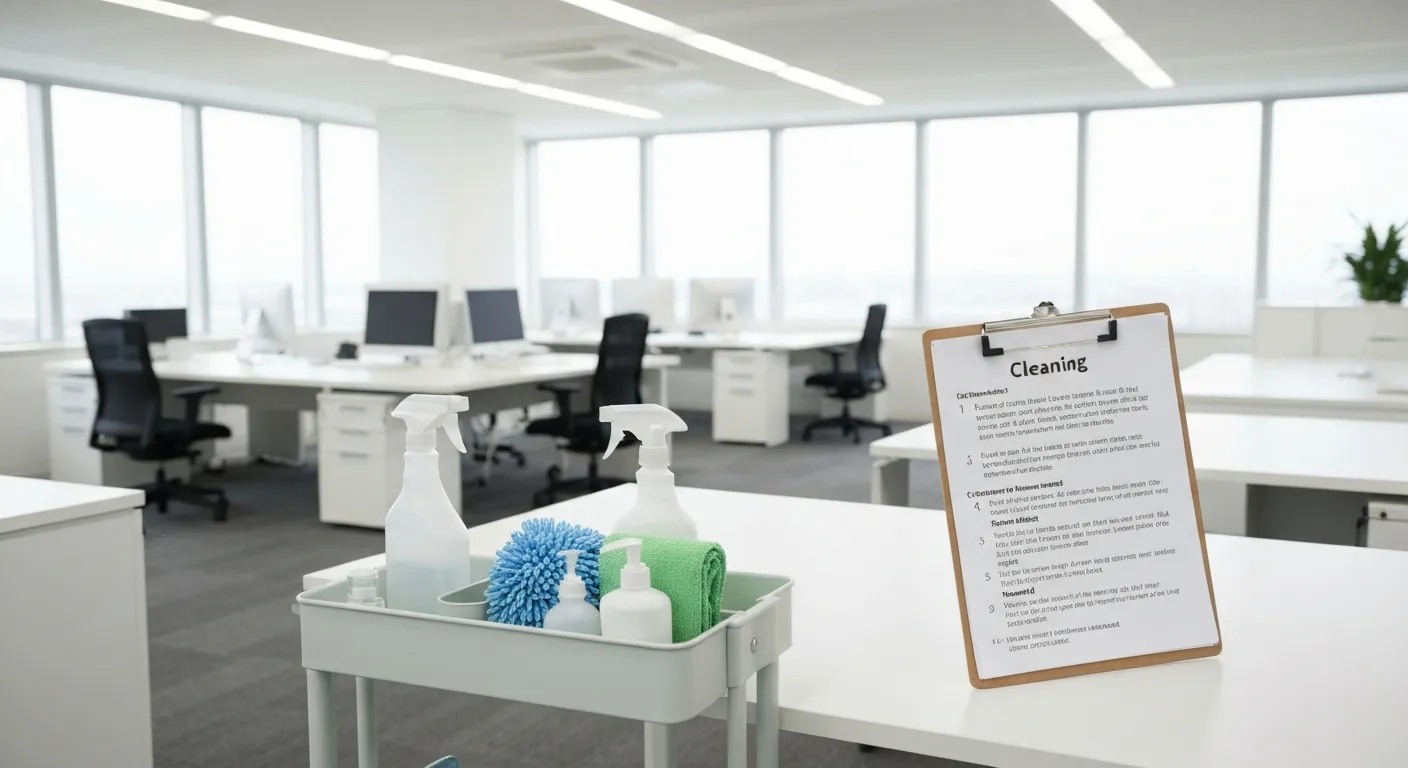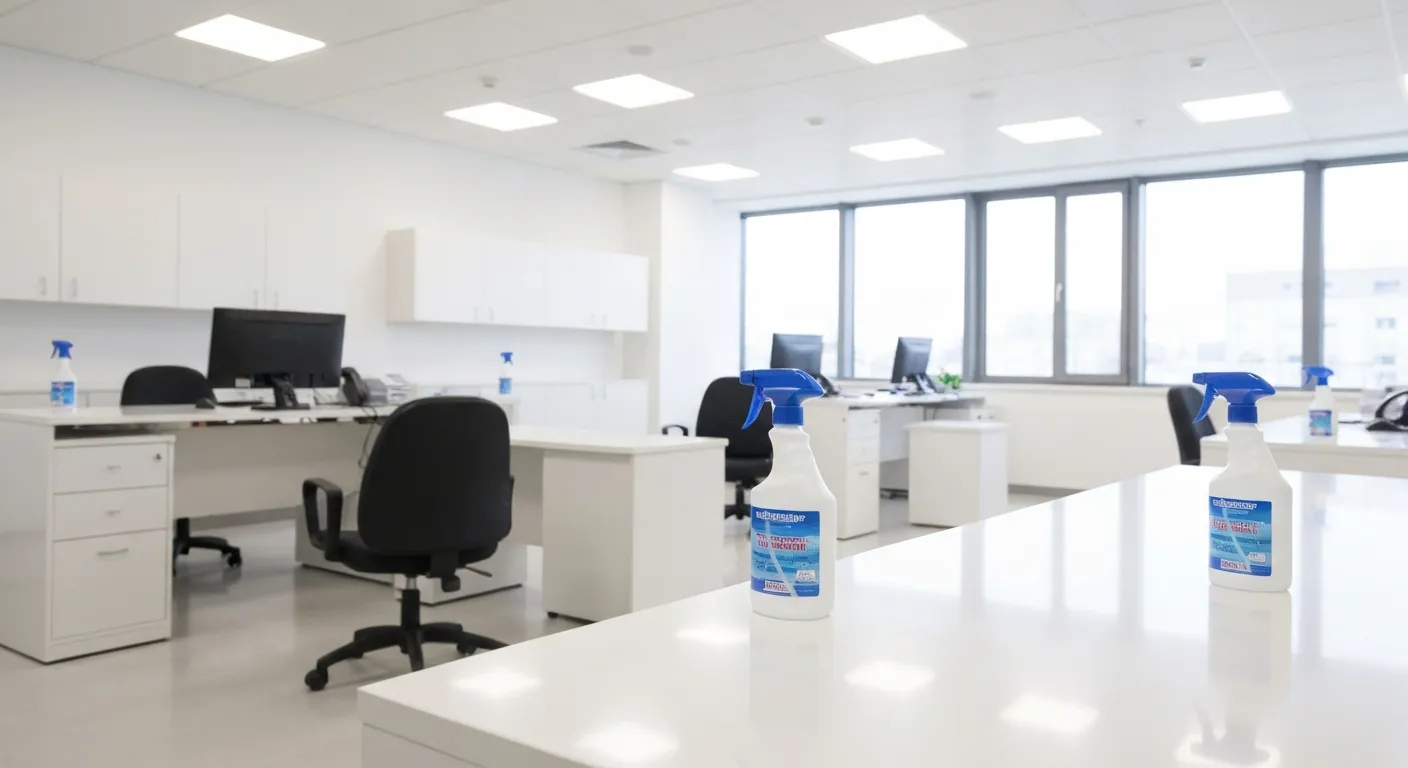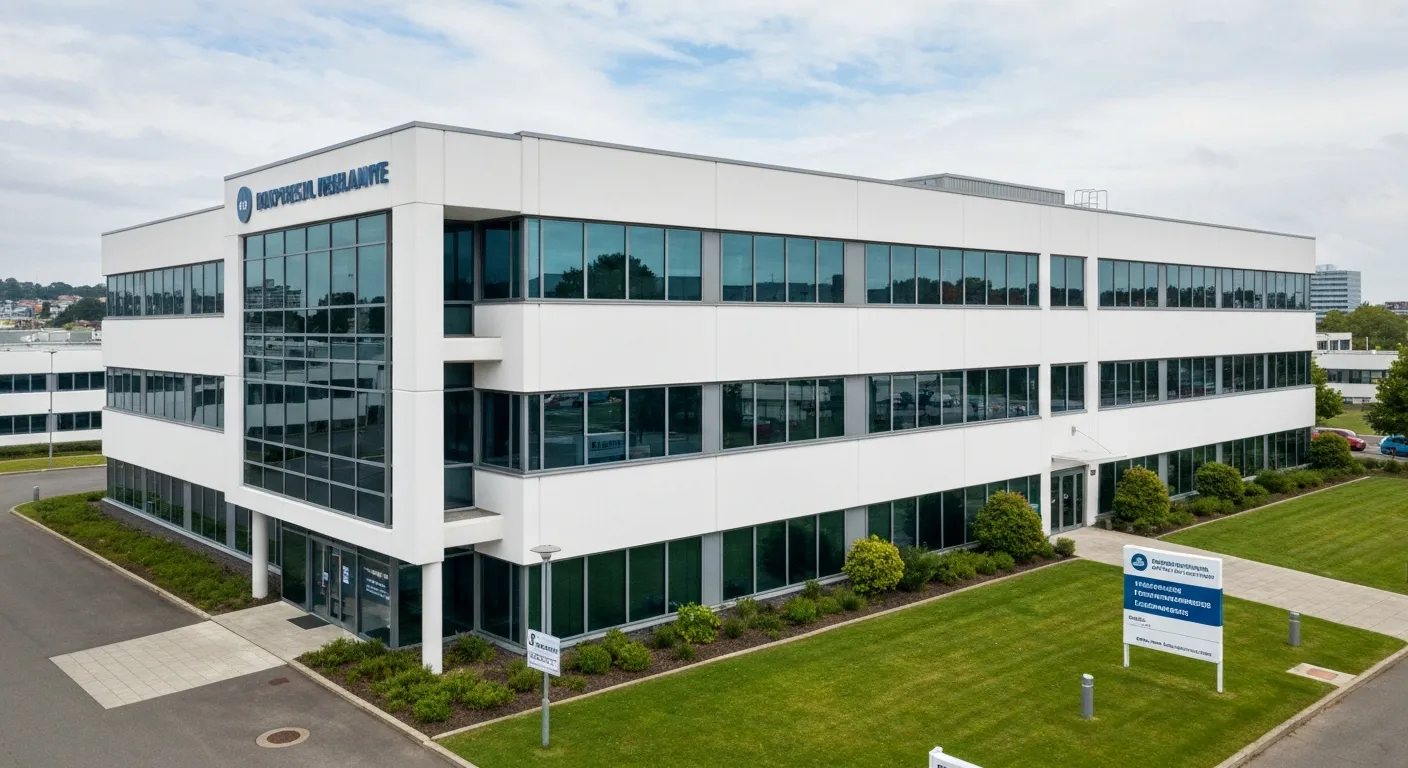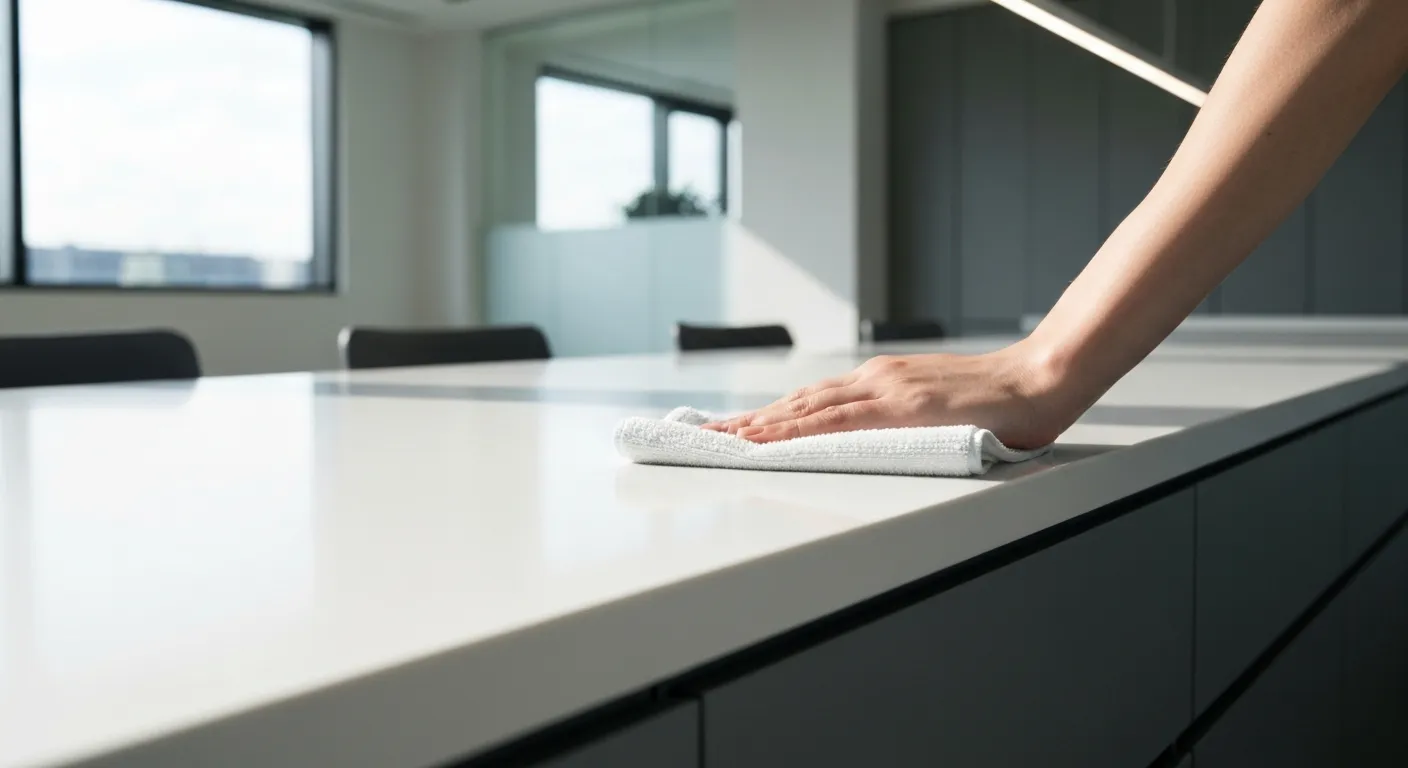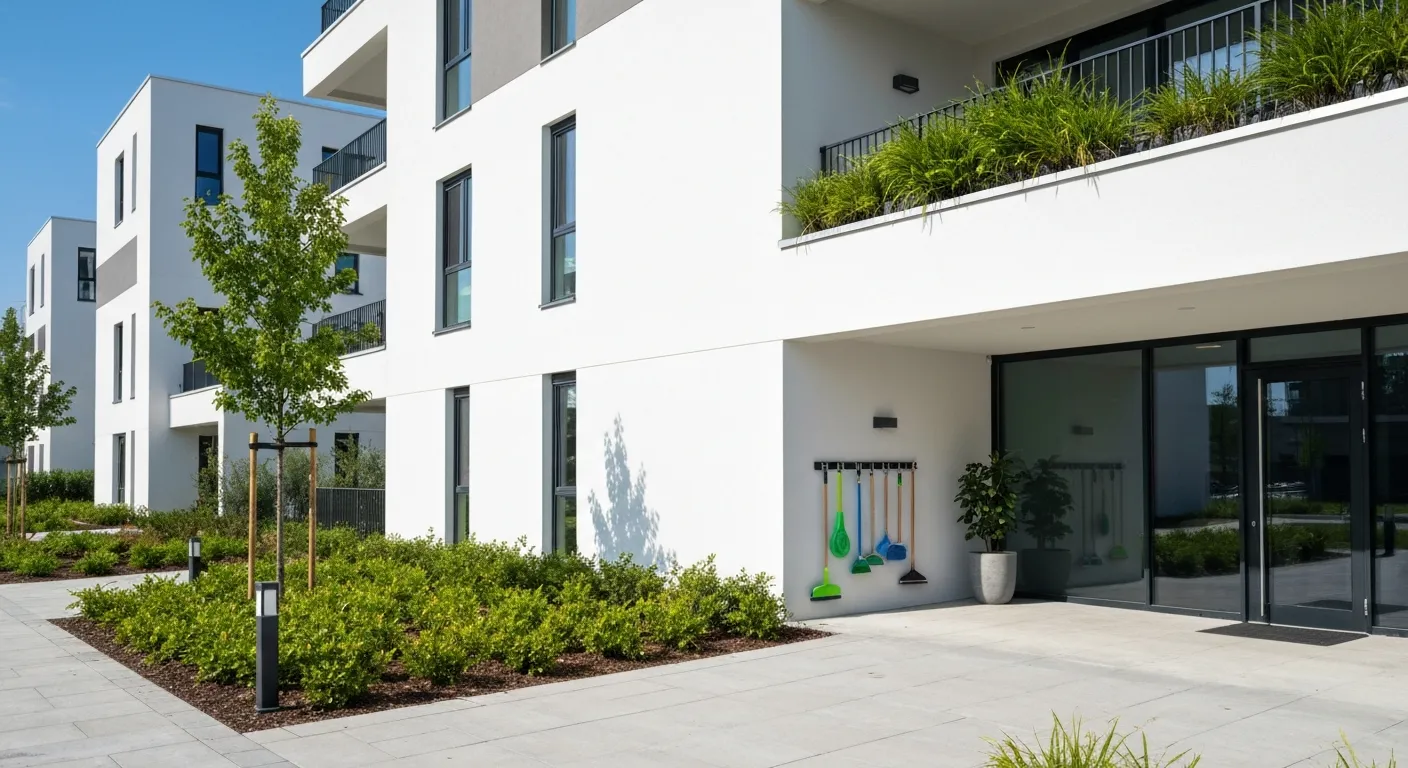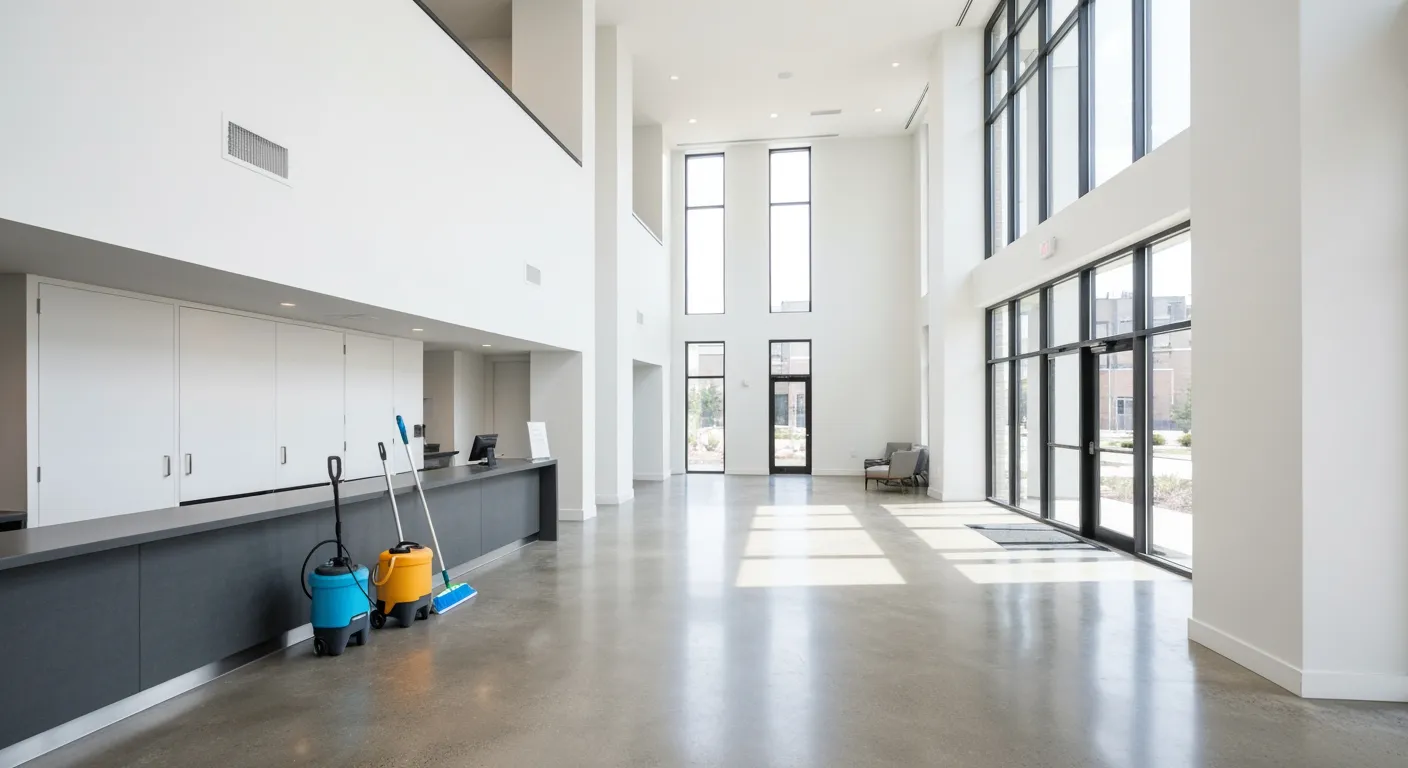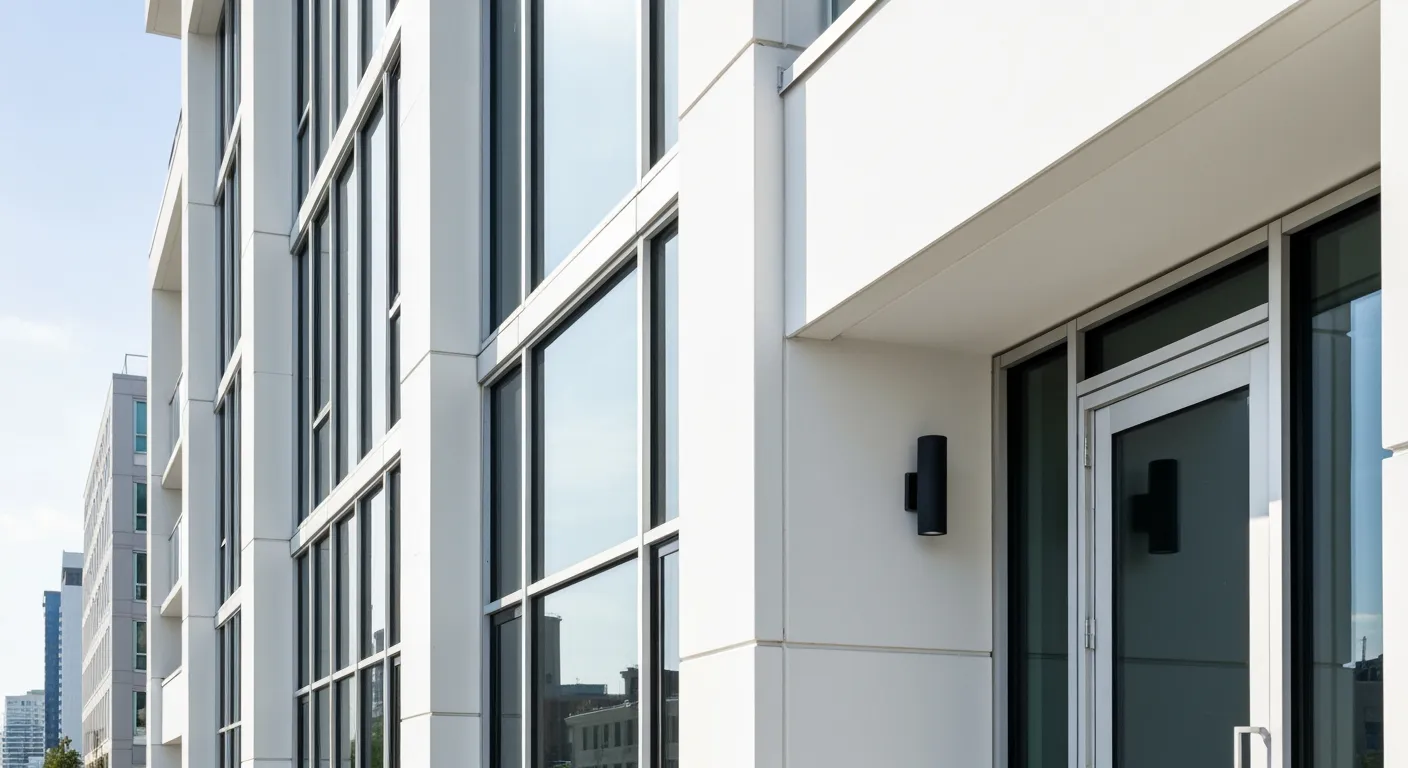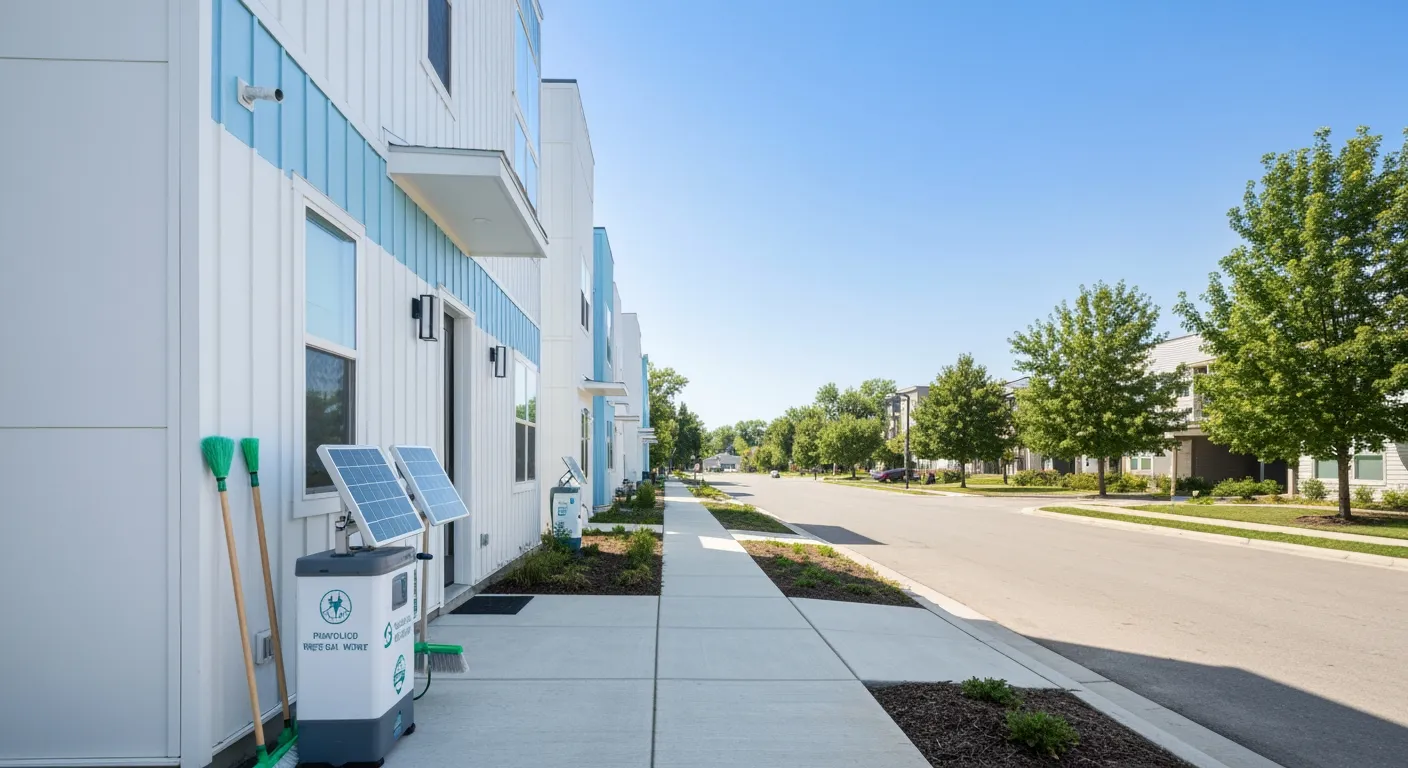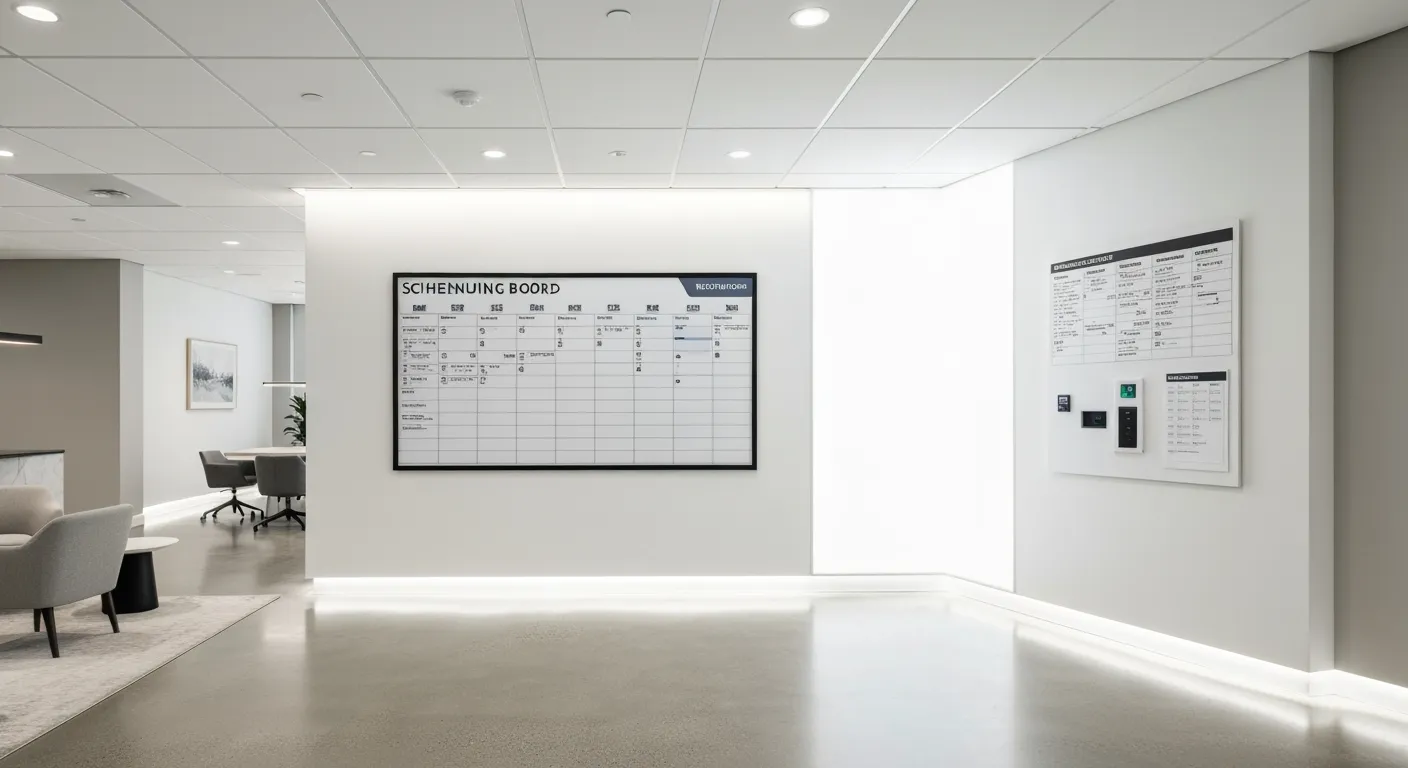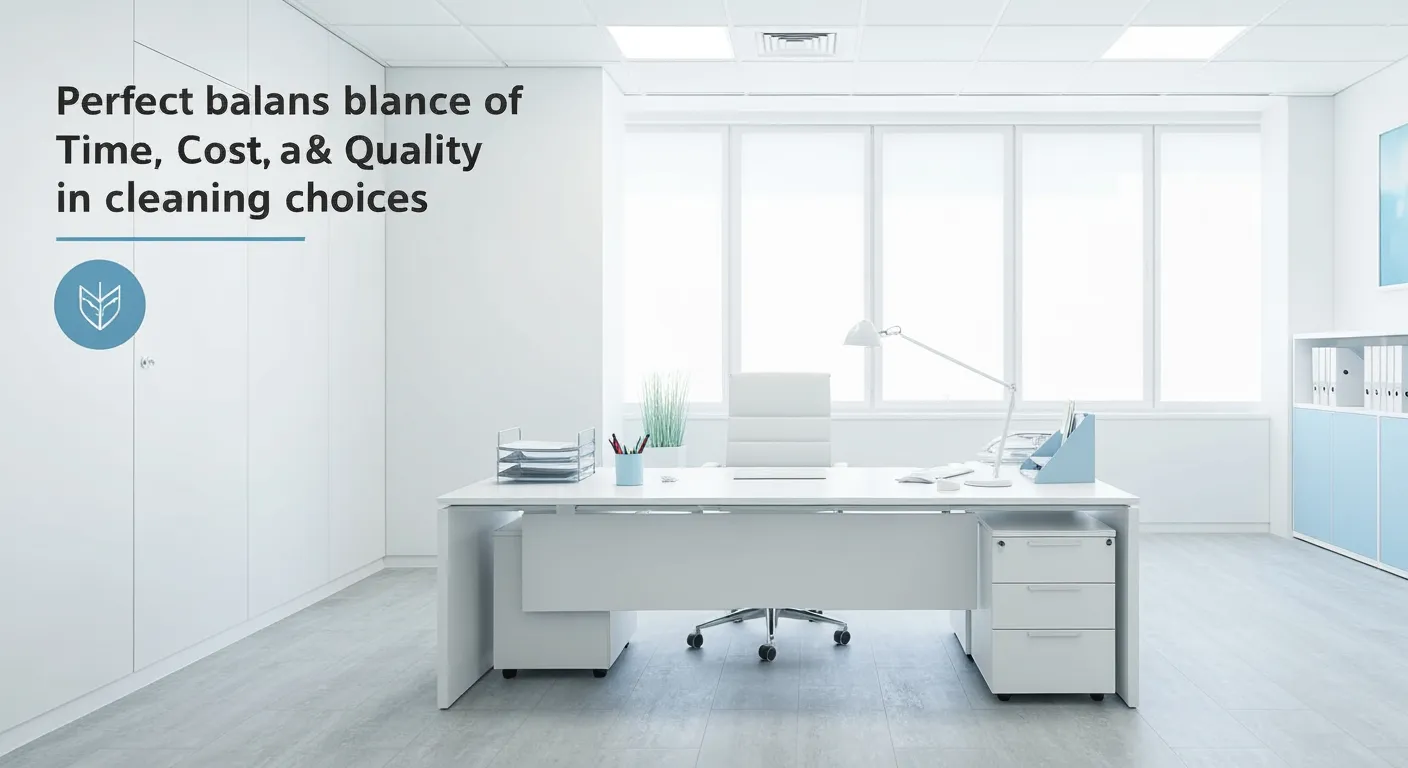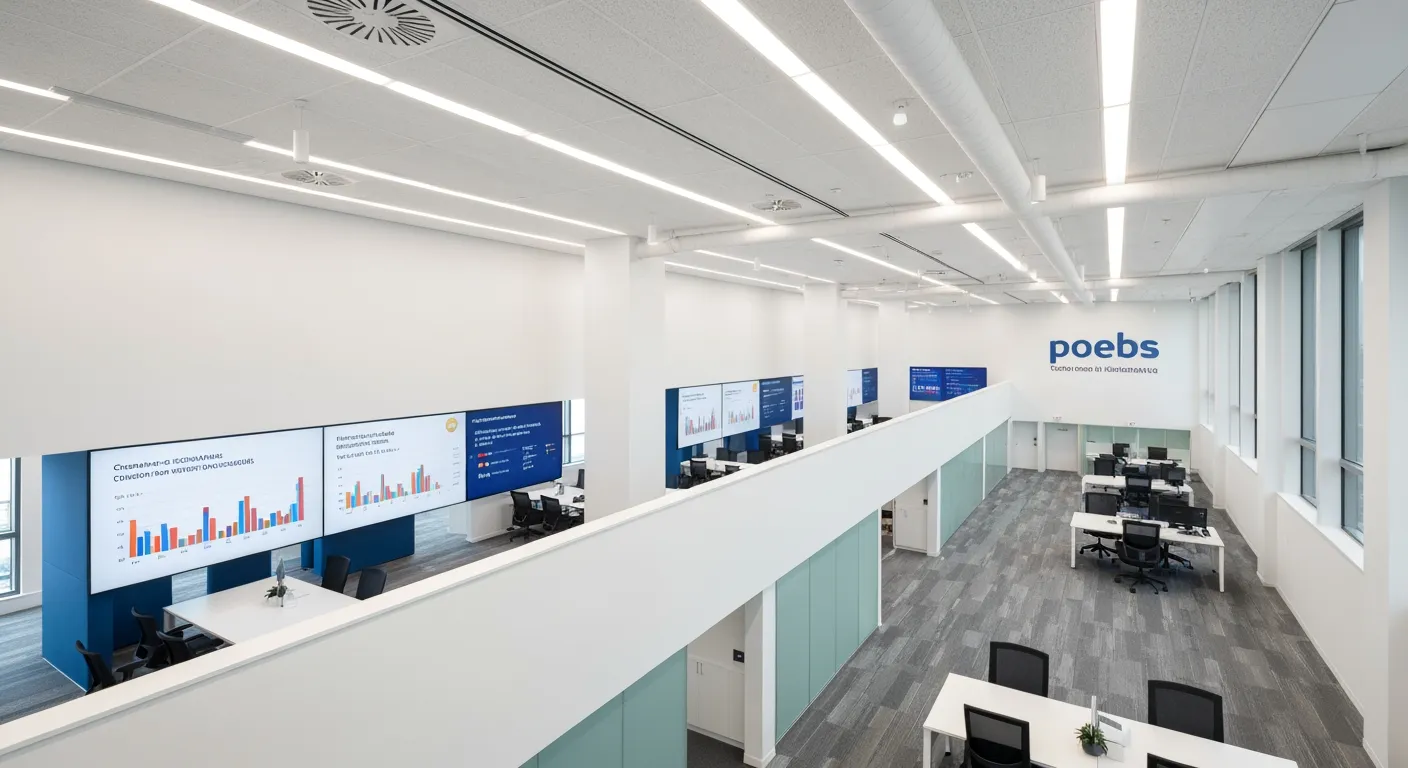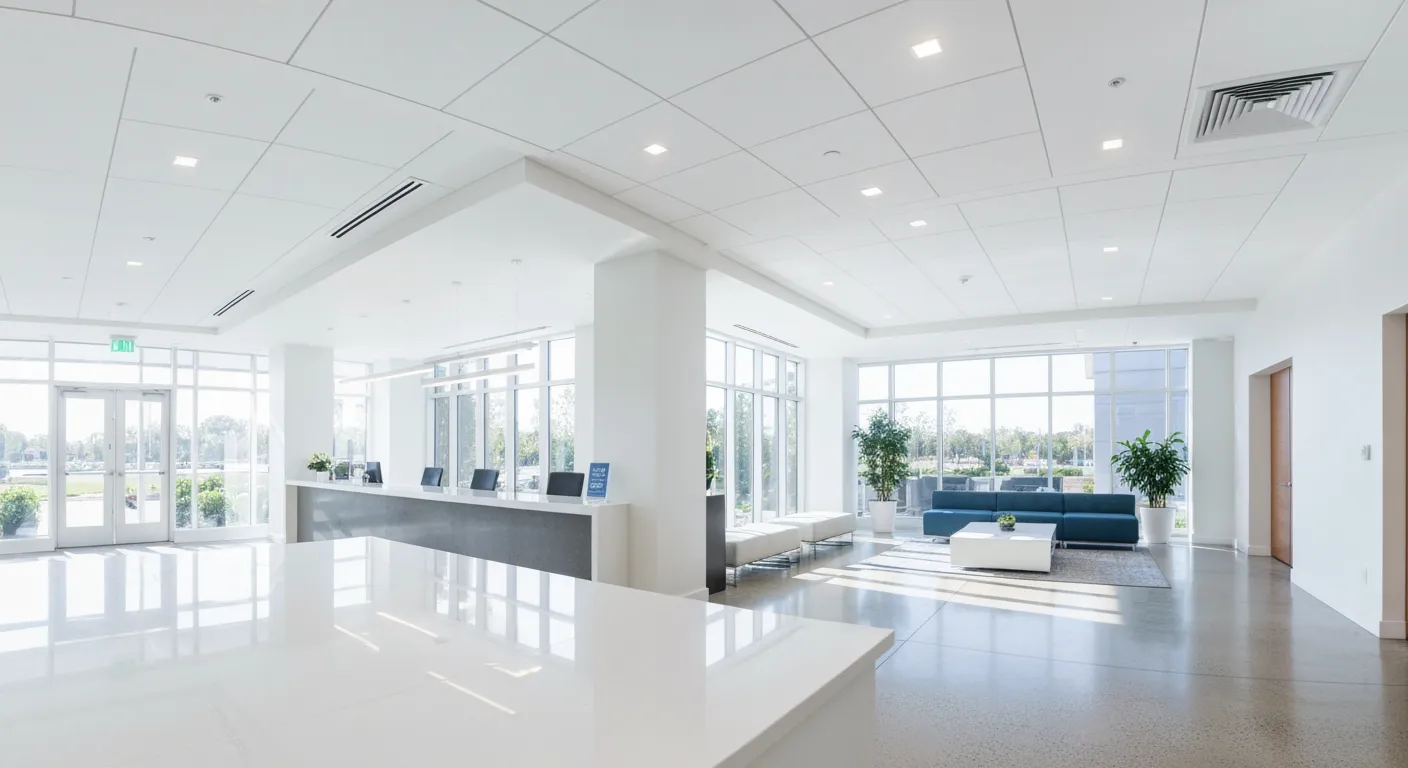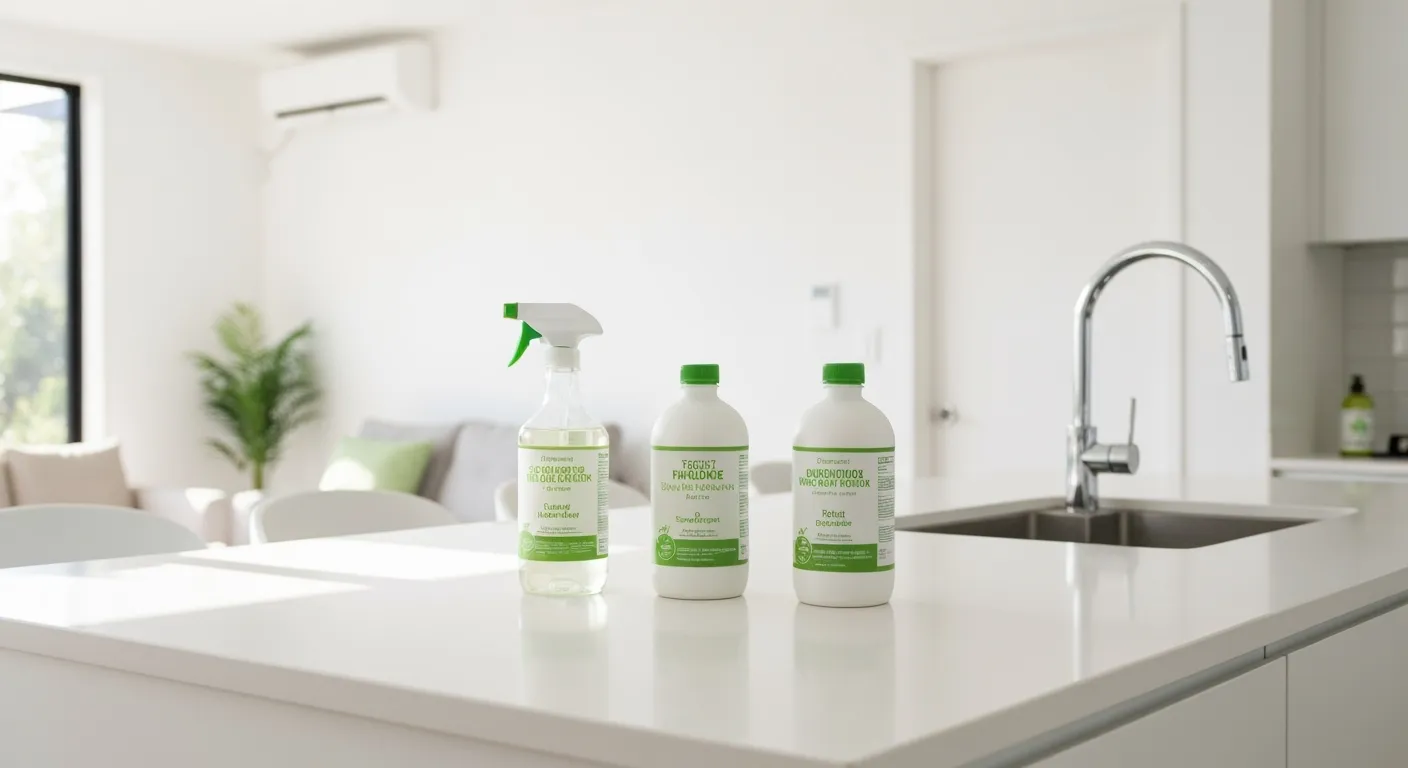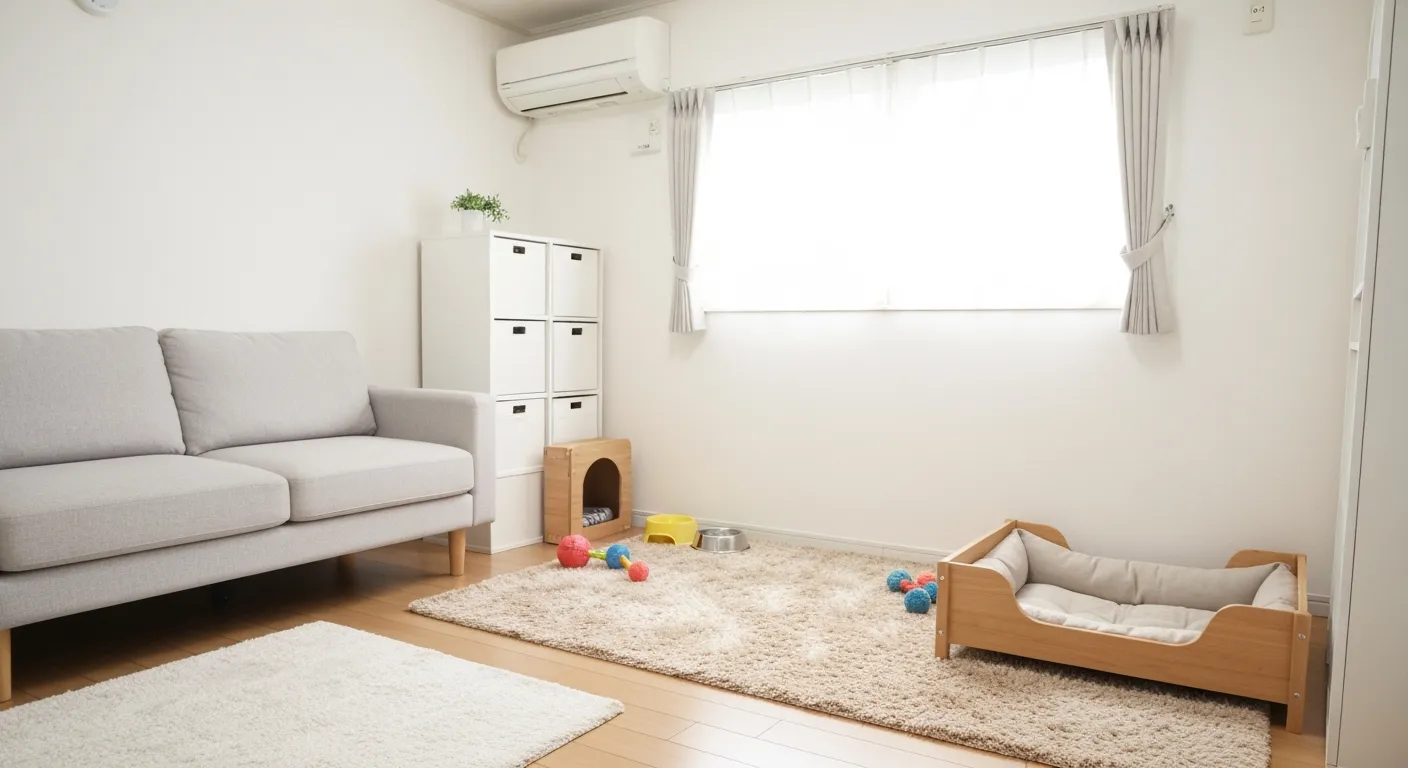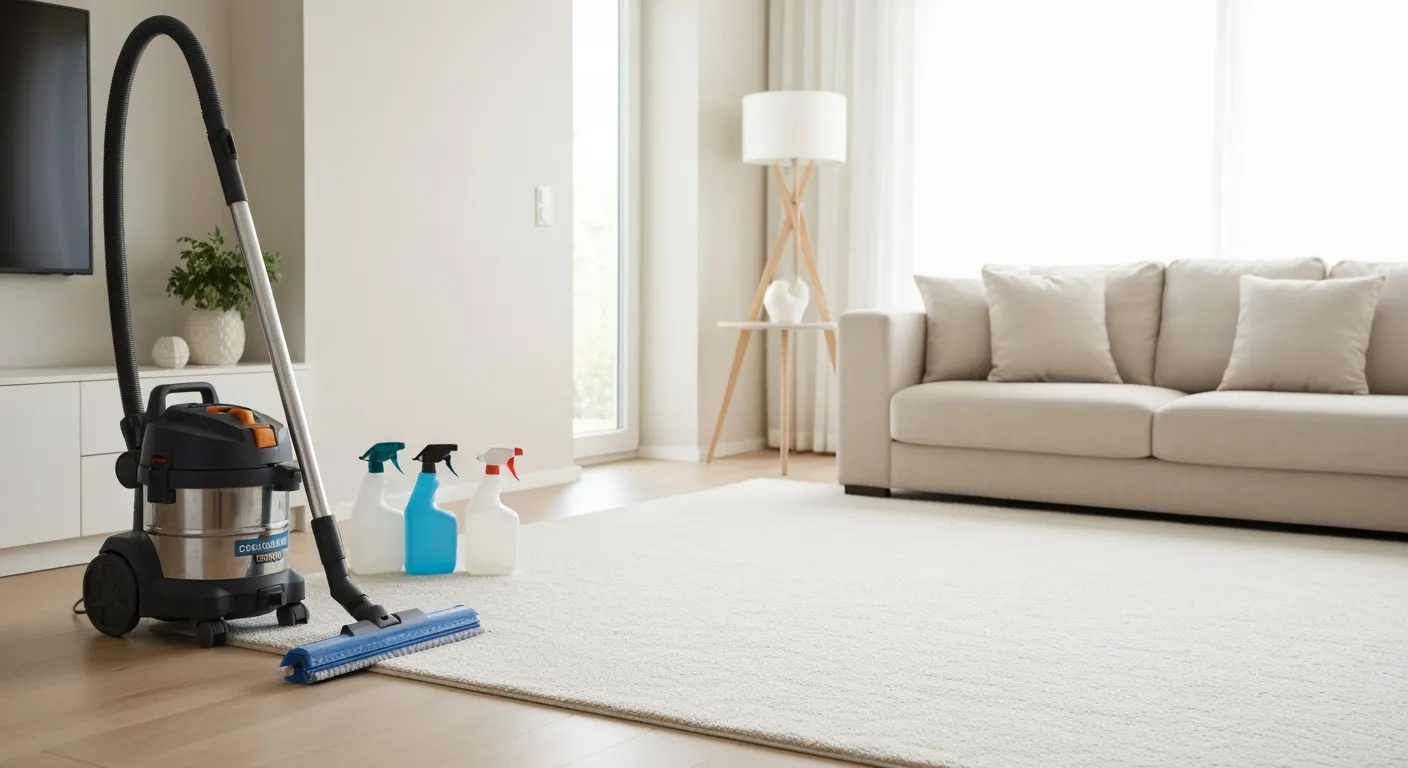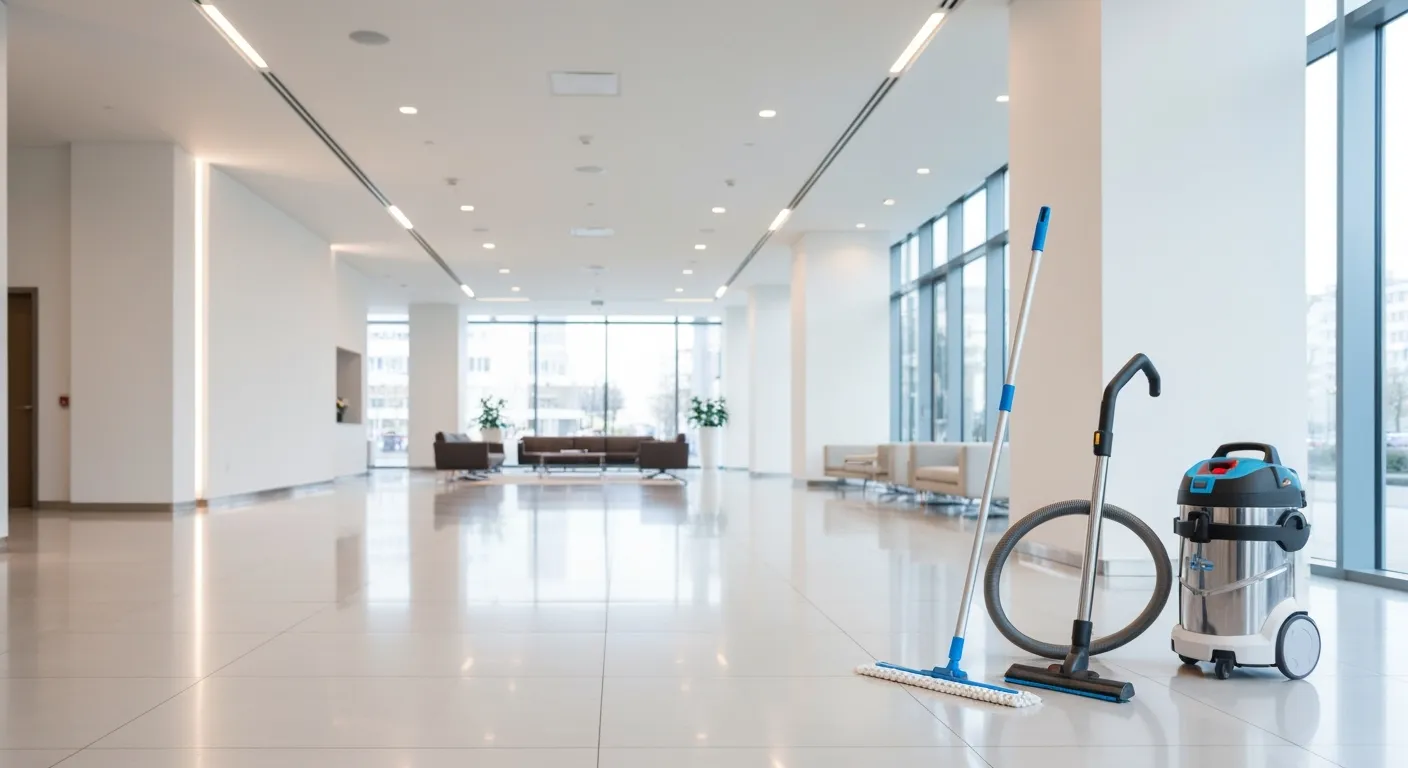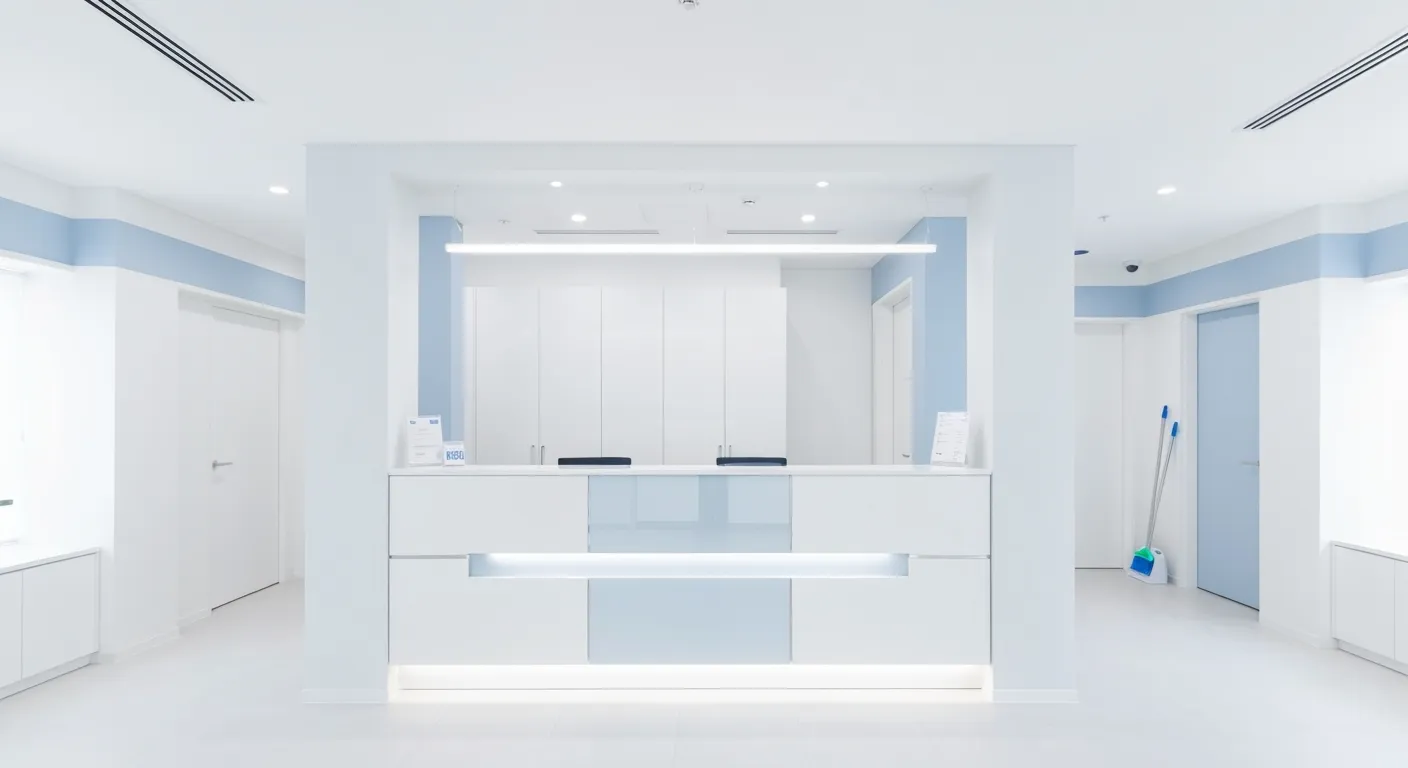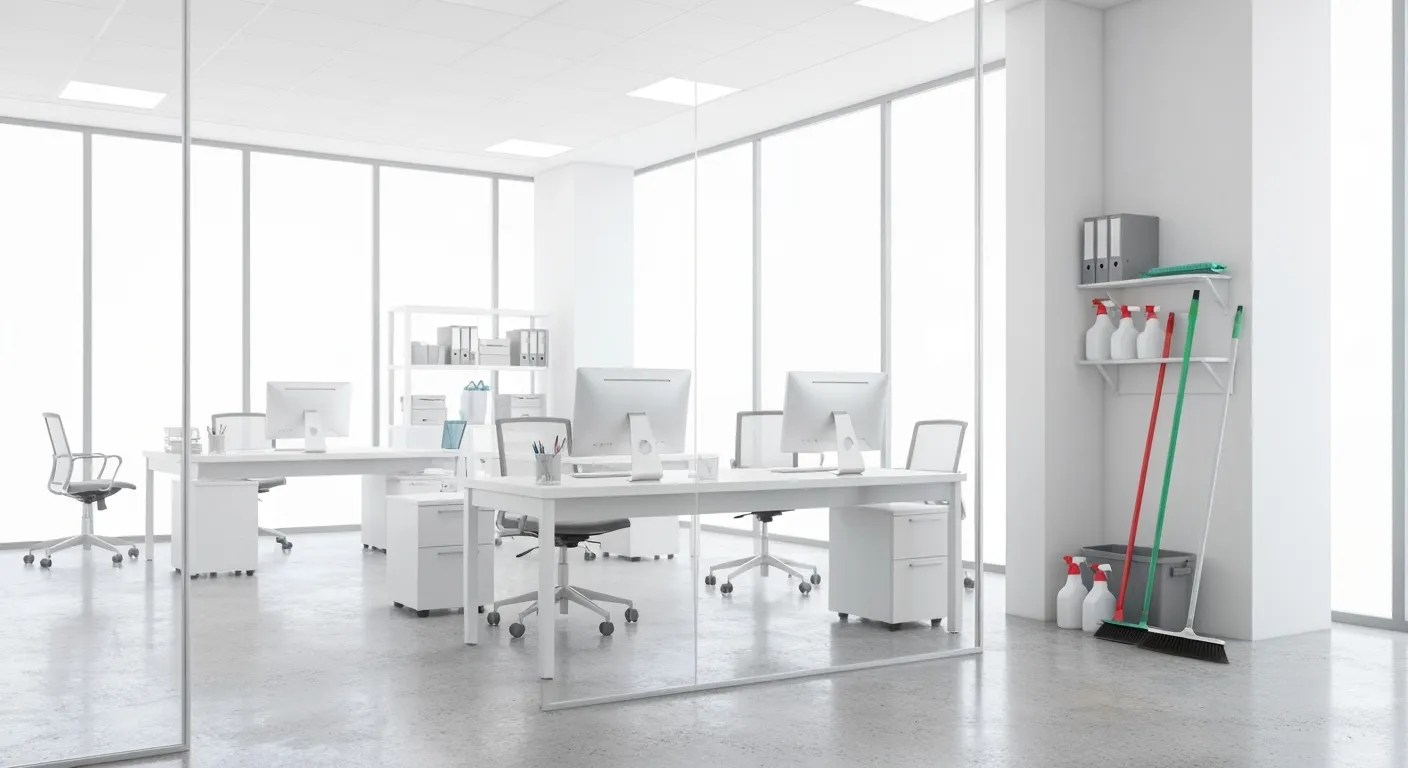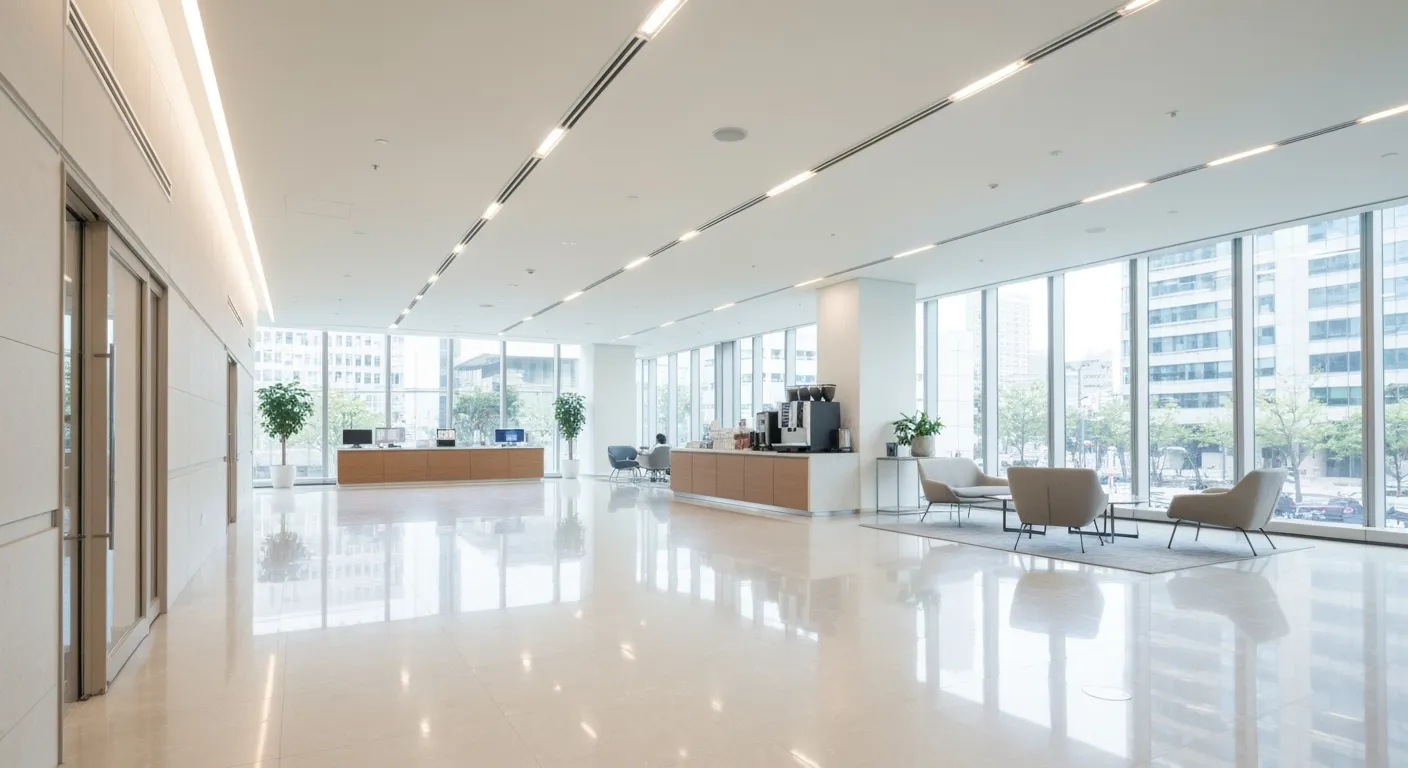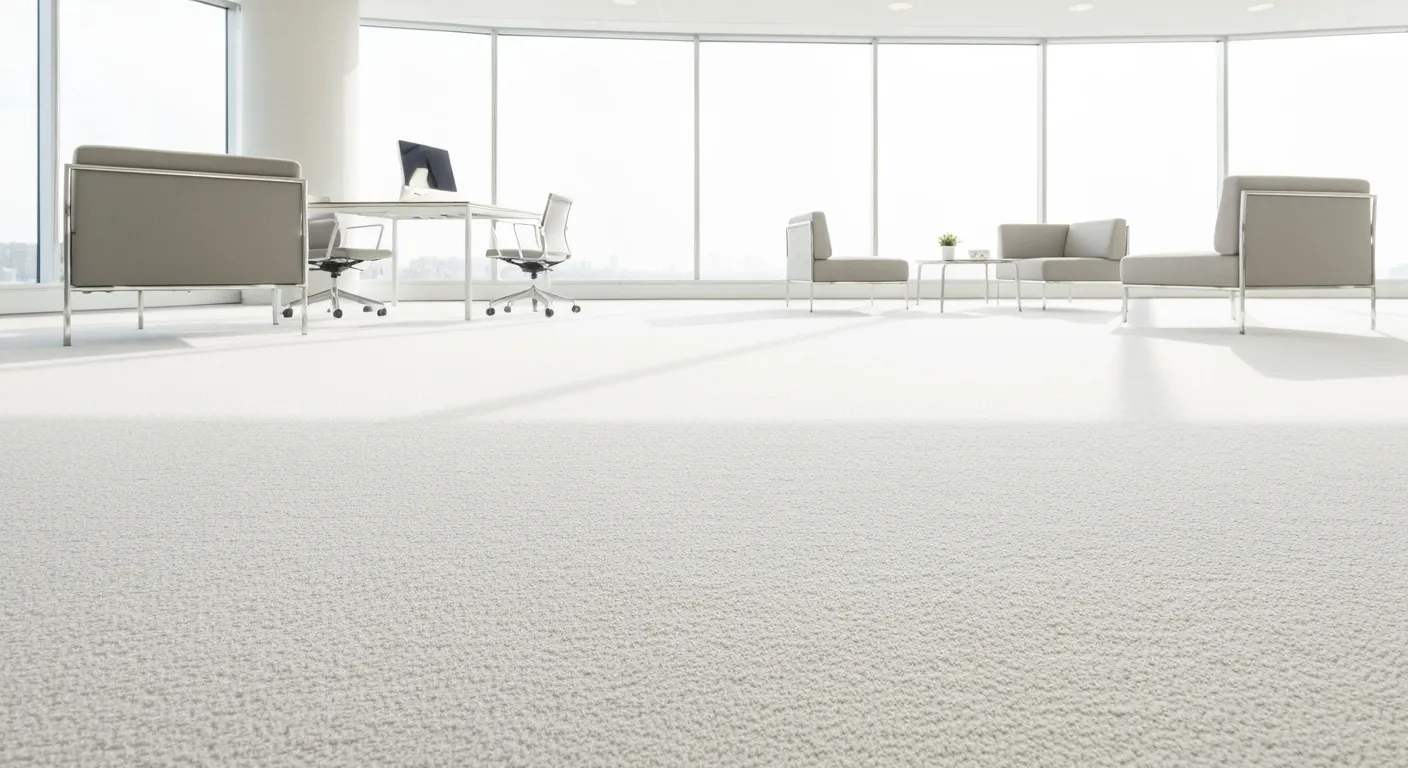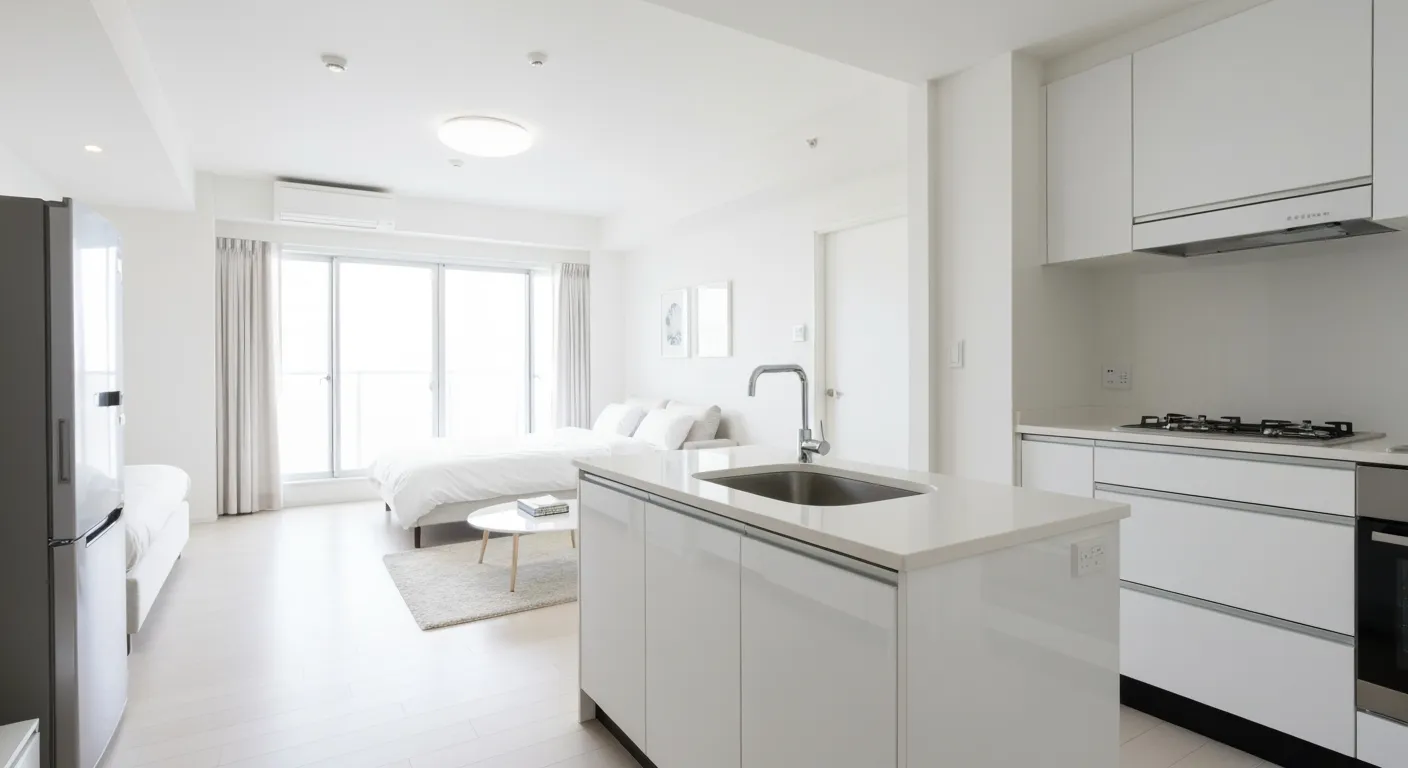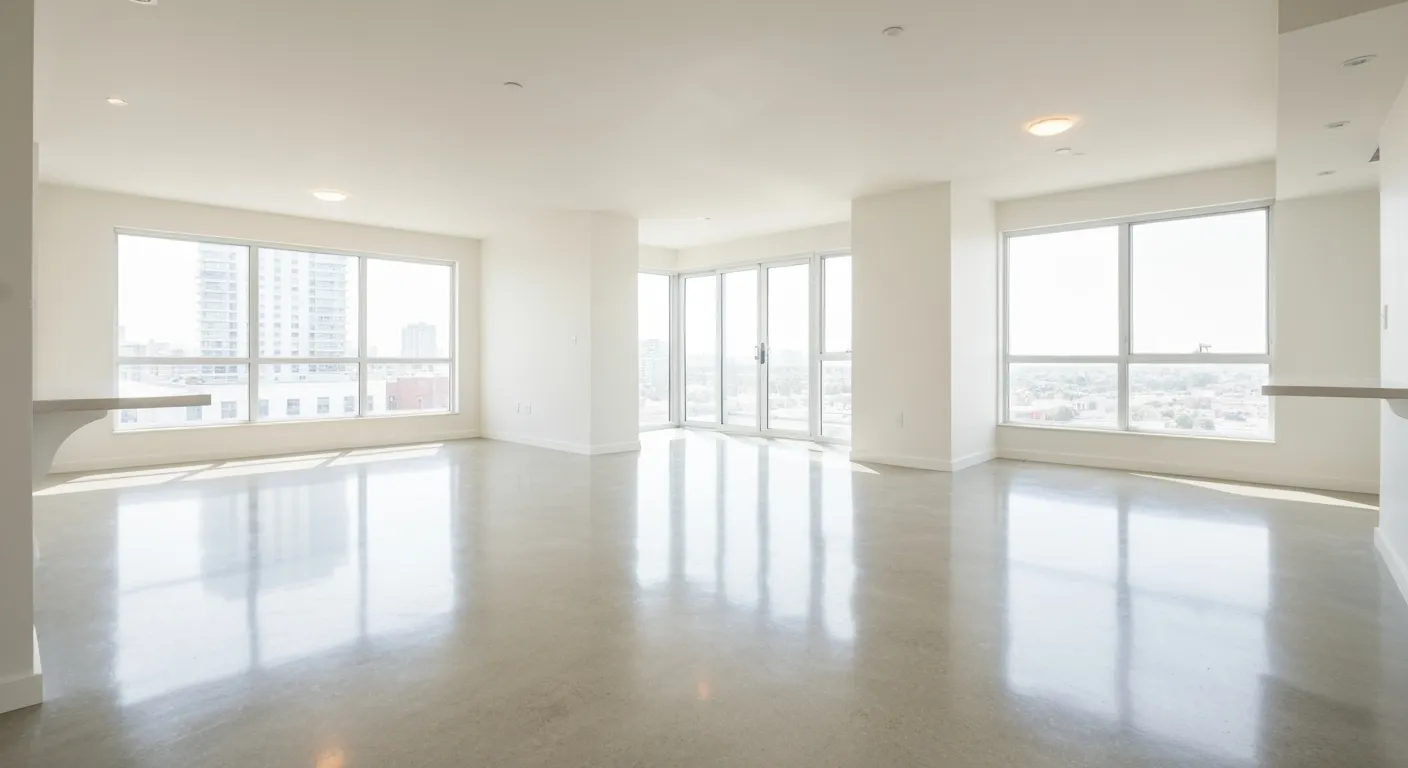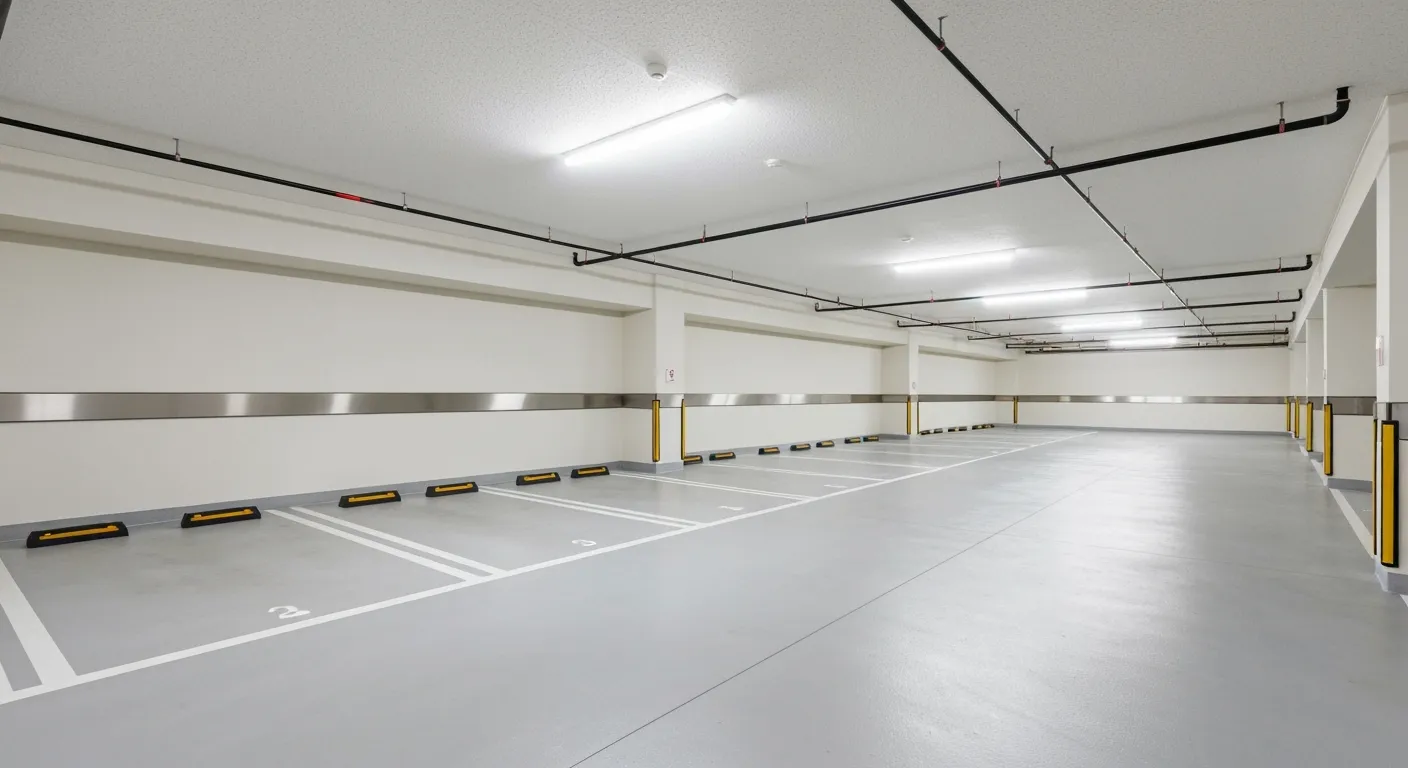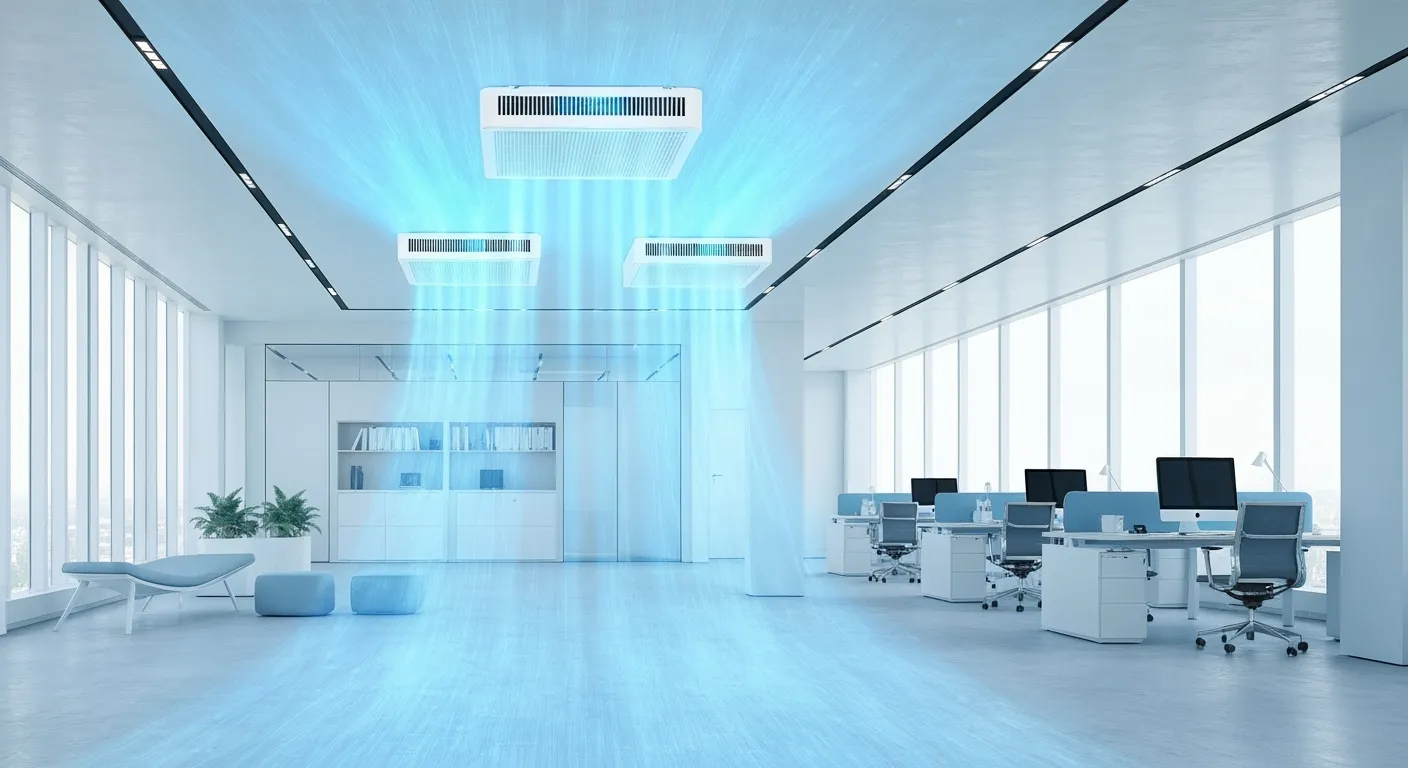Move-Out Cleaning Statistics: What Property Managers Need to Know

Understanding the Vital Role of Move-Out Cleaning in Property Management
Move-out cleaning plays a critical role in property management, acting as the bridge between departing tenants and new occupants. This comprehensive cleaning process not only ensures that rental properties are spotless and well-maintained but also impacts tenant satisfaction, security deposit recoveries, and the overall efficiency of tenant turnover. By analyzing industry statistics, cost factors, and best practices, property managers can make informed decisions to enhance property upkeep and tenant relations.
What Is Move-Out Cleaning and Why Is It Crucial for Property Managers?
Definition and Scope of Move-Out Cleaning
Move-out cleaning is a comprehensive deep cleaning process performed when a tenant moves out of a property. This cleaning ensures the space is thoroughly sanitized and ready for the next occupant. It typically involves cleaning kitchens and bathrooms, vacuuming carpets, wiping down baseboards, and reaching those often-neglected corners. Professionals usually conduct these tasks to ensure a high standard of cleanliness.
Importance in Property Management and Tenant Turnover
For property managers, move-out cleaning is essential for smooth tenant transitions. It helps secure the return of security deposits by providing proof of proper cleaning and maintenance. A clean property also makes a positive first impression on prospective tenants, which can lead to quicker rentals. Additionally, regular and thorough cleaning preserves the property's appearance and functionality over time.
Health, Safety, and Property Value Considerations
Keeping a property spotless is not just about appearances; it directly impacts health and safety. Cleanings remove dust, mold, and potential allergens, reducing health risks. They also eliminate potential hazards like mold or leftover pests. Furthermore, well-maintained cleanliness helps retain property value by preventing damage and deterioration. Supplemental services, such as carpet cleaning, window washing, and junk removal, may incur extra costs but significantly contribute to the property's overall condition.
Cost Factors and Industry Standards
The average move-out cleaning cost is approximately $360, with typical expenses ranging from $120 to $420. Larger or dirtier properties tend to cost more due to increased labor and cleaning requirements. Most services charge around $50 per hour, and total costs depend on the home's size, condition, and location. Additional services like carpet cleaning or window washing come with extra charges, often adding up to a significant portion of the overall expense. Industry-standard pricing ensures property managers and homeowners can budget effectively for these essential services.
| Property Size | Average Cost | Additional Services & Cost Range |
|---|---|---|
| Small apartments | $120–$200 | Carpet cleaning: $100–$200, Window washing: $75–$150 |
| Medium homes | $250–$350 | Junk removal: $150–$300, Deep cleaning: additional hours |
| Large houses | $370–$420 | Specialty cleaning: varies |
Investing in move-out cleaning ultimately benefits property management by ensuring properties are well-maintained, safe, and appealing for future tenants or buyers.
Analyzing Move-Out Cleaning Costs: Factors and Typical Pricing
What are the cost factors and typical pricing statistics associated with move-out cleaning services?
On average, move-out cleaning costs around $360 across the country. However, prices can vary significantly, typically falling between $120 and $420 depending on various factors.
Home size is a major determinant. Apartments usually cost less to clean than larger houses. Smaller units might start around $120, while bigger homes with multiple rooms can reach $500 or more. The condition of the property also influences the cost; dirtier or neglected homes require more labor hours, which increases the overall price.
Prices are also affected by the location of the property. Urban areas might have higher rates due to increased labor costs. Most professional cleaning services charge hourly rates around $50, but these can differ regionally. Larger homes or those needing extra services will naturally drive up the total cost.
Additional services such as carpet cleaning, window washing, and junk removal are often offered separately and add to the cost. For example, carpet cleaning can range from $100 to $300 depending on the size, while window cleaning might cost another $100 or more. Surface area and the number of rooms directly influence these extra charges.
To give a clearer picture, here’s a simplified table highlighting various costs:
| Service Type | Typical Price Range | Details |
|---|---|---|
| Basic cleaning | $120 - $420 | Based on home size and condition |
| Carpet cleaning | $100 - $300 | Depending on room size |
| Window washing | $100+ | Number of windows and accessibility |
| Full move-out package | $300 - $500+ | Includes cleaning and additional services |
Overall, standard deep cleaning services generally fall within the $150 to $500 range. These prices are derived from industry-standard pricing and extensive research, ensuring that they reflect current market rates. Whether you own a small apartment or a large house, understanding these factors can help you budget effectively for your move-out cleaning.
Responsibilities and Legal Considerations in Move-Out Cleaning Payments
Who pays for move-out cleaning — tenant vs landlord?
Typically, tenants carry the responsibility for covering the cost of move-out cleaning. It is generally expected that tenants will clean the premises thoroughly, including appliances, floors, bathrooms, walls, and windows, to restore it to its original condition when they moved in.
This expectation is often outlined in lease agreements and is common practice in property management. Landlords may retain a portion of the security deposit to cover cleaning costs if the property is not returned in a satisfactory state. The standard charges for cleaning can vary, but the average move-out cleaning cost usually hovers around $360, with most homeowners paying between $120 and $420.
Landlords and tenants should be aware that regulations governing who pays—especially concerning deductions from security deposits—are set by local laws. In places like Ontario, for example, the Residential Tenancies Act specifies what charges can be deducted, limiting excessive or unjustified costs.
Clear communication between tenants and landlords, documented move-in and move-out inspections, and compliance with local laws are essential in avoiding disputes over cleaning responsibilities and charges. Proper understanding of legal obligations ensures that both parties are protected and aware of their financial responsibilities during the move-out process.
Best Practices and Cleaning Standards: Crafting Effective Move-Out Checklists
What are the best practices and standards for move-out cleaning checklists?
Creating a comprehensive move-out cleaning checklist is essential to ensure thoroughness and maximize the chance of securing the full deposit refund. Best practices include starting the cleaning process early, well before the move-out date, to allow ample time for detailed work.
A well-structured checklist should cover every part of the residence, from top to bottom. This includes appliances, cabinets, sinks, bathrooms, floors, walls, windows, fixtures, and surfaces that are touched frequently. Breaking down tasks systematically helps prevent oversight.
Cleaning should prioritize eco-friendly products and methods whenever possible. These promote environmental sustainability and protect surfaces from harsh chemicals. Using appropriate tools and products also prevents accidental damage.
After completing the cleaning, a final walk-through with photos and notes can verify that everything meets the standards required by landlords or property managers. Documenting the condition of the property provides evidence in case of disputes.
For added effectiveness, hiring professional cleaning services for deep cleaning tasks can significantly enhance results. Professionals have the experience, equipment, and cleaning agents necessary for a thorough job.
How should a systematic cleaning approach be structured?
A methodical, area-by-area approach guarantees that no part of the property gets overlooked. Start from the highest point — such as ceiling fans and light fixtures — and work downwards to floors and baseboards. Clean every surface, including hard-to-reach places.
In kitchen areas, focus on appliances, countertops, cabinets, and sinks. For bathrooms, clean toilets, showers, tubs, sinks, and mirrors thoroughly. Living spaces should be dusted, vacuumed, and mopped, while windows and window sills are cleaned to enhance brightness.
Regularly check off each task on the checklist as you complete it. This process ensures all items are covered systematically and nothing gets missed.
The Role of Professional Cleaning Services in Streamlining Tenant Turnover
What role do professional cleaning services play in tenant turnover and property maintenance?
Professional cleaning services are essential in managing tenant turnover efficiently. They ensure that rental units are not only clean but also meet high standards of hygiene and appearance, which increases tenant satisfaction and helps attract new occupants quickly.
These services perform thorough deep cleaning tasks that go beyond basic surface cleaning. This includes cleaning inside cabinets, appliances, carpets, and reaching difficult areas that often get overlooked. Such detailed cleaning helps create an inviting and immaculate environment for incoming tenants.
Moreover, professional cleaners help preserve the property’s overall condition and value. They address common issues like dirt buildup, grime, mold, and other potential hazards that could accelerate wear and tear or impact health. This proactive approach supports the long-term maintenance of the property.
By utilizing specialized equipment and expertise, these services also assist landlords in complying with health and safety standards, which can prevent legal disputes related to deposits or safety violations. Additionally, professional cleaning accelerates the turnover process.
Costing around $360 on average, with variations based on property size and condition, professional cleaning provides a cost-effective way to reduce vacancy times and maximize rental income. Additional services such as carpet cleaning, window washing, and junk removal, often add to the cost but significantly contribute to the property’s appeal.
Ultimately, professional cleaning services bolster property value, ensure tenant safety, and streamline move-in and move-out procedures, benefiting property owners and tenants alike.
| Cost Factor | Typical Range | Additional Details |
|---|---|---|
| Average move-out cleaning | $120 - $420 | Based on home size and condition |
| Basic hourly rate | ~$50 per hour | Cost depends on number of cleaners and cleaning hours |
| Carpet cleaning | $100 - $300 | Varies with size and condition |
| Window washing | $50 - $150 per job | Depending on number of windows |
| Junk removal | $75 - $200 per load | Based on volume and location |
This comprehensive approach not only ensures cleanliness but also enhances the overall safety, maintenance, and marketability of rental properties.
Move-Out Cleaning Versus General Deep Cleaning: Understanding the Distinctions

What are the differences between move-out cleaning and deep cleaning?
Move-out cleaning and deep cleaning are two types of thorough cleaning services, but they serve different purposes and involve different processes.
Move-out cleaning is specifically performed after tenants leave a property. Its main goal is to restore the space to a pristine condition, making it ready for new occupants. This often includes detailed cleaning of inside cabinets, behind appliances, and all surfaces to ensure the return of security deposits. It is comprehensive, covering every visible surface, and may also involve minor repairs.
Deep cleaning, on the other hand, is a more exhaustive process that can occur at any time, regardless of moving status. It usually takes several hours and includes sanitizing and disinfecting all areas. Deep cleaning involves cleaning hard-to-reach spots, walls, and surfaces often overlooked during regular cleaning. Tasks may include cleaning behind appliances, scrubbing bathrooms thoroughly, and removing soap scum.
Scope and intensity differences
While both cleaning services are detailed, move-out cleaning is geared towards leaving a property in the best possible state for incoming tenants or owners. It emphasizes clean surfaces and often includes minor repairs.
Deep cleaning focuses on hygiene and sanitation. It aims to remove built-up dirt, grime, and allergens, restoring a home’s overall cleanliness and hygiene standards.
Objectives related to tenancy and property upkeep
The main goal of move-out cleaning is to satisfy landlord or property management standards for security deposits and property condition. It’s often a mandatory part of ending a lease.
Deep cleaning serves as regular maintenance or preparation for sale or special events, helping maintain the property’s value and hygienic conditions.
Examples of specialized tasks unique to each cleaning type
Unlike general cleaning, move-out cleaning might involve tasks like cleaning inside cabinets, detailing behind appliances, and polishing fixtures. It may also include minor repairs to ensure the property looks as good as new.
Deep cleaning includes activities such as deep scrubbing bathroom tiles, cleaning behind large appliances, washing windows thoroughly, and removing soap scum or mold.
| Cleaning Type | Typical Tasks | Purpose | Additional Services Included |
|---|---|---|---|
| Move-Out Cleaning | Surface cleaning, cabinet cleaning, minor repairs | Prepare property for new tenants | Carpet cleaning, window washing, junk removal might be added |
| Deep Cleaning | Disinfecting, detailed scrubbing, hard-to-reach areas | Maintain hygiene, prepare for sale or event | Specialized tasks like mold removal, deep bathroom scrub |
Understanding these differences ensures you select the right cleaning service according to your needs, whether ending a lease or maintaining your home.
Common Issues and Damages Revealed by Move-Out Cleaning Inspections

What common issues or damages are typically identified during move-out cleaning inspections?
During move-out cleaning inspections, several common problems are often uncovered that can impact the security deposit and the overall condition of the property. These include visible stains and dirt on walls, floors, and fixtures, which may be from everyday living or neglect. Damage such as holes in walls, chipped paint, and scratches are also frequently observed, signaling possible tenant-caused issues.
Cleaning crews typically find leftover trash, unclean appliances, and areas like patios, yards, and parking spaces that require additional attention. These issues often result from tenants not maintaining the property to the expected standards. Moreover, inspections check the condition of electrical and plumbing systems to ensure safety and proper functioning. Faulty wiring, leaks, or hazards are noted and addressed accordingly.
To accurately assess damages, professionals use detailed checklists, take high-resolution photographs, and document everything thoroughly. This approach ensures clarity for all parties involved, minimizes disputes, and supports the property owner’s efforts to retain the security deposit or proceed with necessary repairs.
Distinction between tenant damages and wear and tear
It is important to differentiate between damages caused by tenants and normal wear and tear. Minor carpet wear, small nail holes, or faded paint are generally considered normal and expected due to regular use. In contrast, tenant-caused damages include broken appliances, large stains, or structural issues from neglect or mishandling.
Clear documentation helps establish what is the tenant’s responsibility, which is crucial for fair deposit deductions or legal proceedings. Regular inspections with proper record-keeping ensure a transparent process that benefits both tenants and landlords.
Importance of documentation and photographs
Accurate documentation through detailed checklists and pictures plays a vital role during move-out inspections. These records provide concrete proof of the property’s condition at the time of tenant departure. They help distinguish between damages that need repairs and normal aging or use.
Photographs serve as visual evidence in case of disputes and support claims for deposit deductions when justified. Additionally, comprehensive documentation can expedite the move-out process, making repairs more straightforward and ensuring owners maintain their property’s value over time.
Consequences for property maintenance and repairs
Identifying damages early allows property managers and owners to plan timely repairs, preventing further deterioration. Addressing issues like leaks, structural damages, or pest infestations ensures the property's longevity and safety.
Proper move-out inspections, supported by detailed records, encourage tenants to return the property in better condition, knowing that damages will be accurately documented and fairly addressed. This proactive approach leads to better property upkeep and reduces long-term maintenance costs.
Data-Driven Strategies for Optimizing Move-Out Cleaning Policies

How can data-driven insights inform decision-making in move-out cleaning policies?
Utilizing data analytics allows property managers to refine their move-out cleaning strategies based on comprehensive, real-world insights. By examining costs associated with cleaning different types of homes—such as apartments, small houses, or large residences—managers can set more accurate budgets, typically around $360 on average, but varying with home size and condition.
Understanding the factors affecting costs, like labor hours (generally $50 per hour), property condition, and regional price differences, helps optimize resource allocation. For example, dirtier or larger properties require more labor and additional services like carpet cleaning or window washing, which can add to the overall expenditure.
Market data reveals consumer preferences shifting towards eco-friendly and deep cleaning services, enabling managers to adapt policies that meet these demands, giving their offerings a competitive edge.
Moreover, regional insights—especially the increasing use of online booking platforms in North America and Asia-Pacific—can guide strategic decisions on service deployment and staffing. This targeted approach ensures higher tenant satisfaction and cost efficiency.
By analyzing operational metrics alongside customer feedback, property managers can develop targeted cleaning protocols. This not only improves the overall quality of service but also reduces potential property damages caused by inadequate cleaning.
In summary, leveraging detailed, industry-standard data helps develop move-out cleaning policies that are cost-effective, tailored to regional trends, and aligned with evolving customer preferences, driving higher satisfaction and operational success.
Enhancing Tenant Satisfaction and Landlord-Tenant Relations Through Effective Cleaning

How does move-out cleaning impact tenant satisfaction and landlord-tenant relationships?
Performing thorough move-out cleaning plays a crucial role in maintaining positive relationships between tenants and landlords. When tenants leave a property in a clean and well-maintained state, it enhances their overall satisfaction with their tenancy experience. A deep cleaning demonstrates respect for the property, showing that tenants have taken care of it during their stay.
This level of care can significantly reduce conflicts over security deposits. Landlords appreciate tenants who leave the property in good condition, which eases the process of deposit refunds and minimizes disputes. Establishing clear expectations about cleaning standards at the start of the lease agreement helps tenants understand their responsibilities, leading to fewer misunderstandings and smoother transitions.
Furthermore, a spotless property makes it easier for landlords to prepare for new tenants, ensuring quicker turnovers. The positive impression created by excellent cleaning can also lead to favorable reviews, boosting the reputation of rental properties and encouraging future tenancies.
In summary, effective move-out cleaning fosters trust and goodwill between tenants and landlords. It supports respectful, mutually beneficial relationships and paves the way for ongoing positive interactions and growth opportunities in the rental market.
The Effectiveness of Move-Out Cleaning in Tenant Turnover Efficiency and Property Upkeep

How effective is move-out cleaning in improving tenant turnover efficiency and maintaining property condition?
Move-out cleaning plays a vital role in streamlining the process of tenant turnover. When a tenant vacates, a thorough cleaning ensures that the property is promptly ready for new occupants, reducing vacancy times. This process involves deep cleaning appliances, surfaces, and often overlooked areas such as vents and behind appliances, which collectively enhance the property's overall appeal.
Professional cleaning helps sustain the property's condition by removing residues that could cause damage or wear and tear over time. By doing so, it minimizes the need for extensive repairs and restorations, saving landlords money in the long run. Additionally, a clean and well-maintained property reduces pest risks, which can be a common issue in unclean spaces.
Compliance with housing standards is another significant benefit of move-out cleaning. Regulations often specify cleanliness and safety standards that need to be met. Performing a comprehensive cleaning ensures these standards are adhered to, avoiding potential legal or regulatory issues.
Furthermore, leveraging professional cleaning services can elevate tenant satisfaction. A spotless, odor-free environment makes a positive impression, encouraging tenants to consider renewing their lease. It also sets a high standard for future tenants, maintaining the property's desirability.
In summary, thorough move-out cleaning enhances tenant turnover efficiency by speeding up the readiness of rental units, preserves the property's condition, minimizes repair costs, supports regulatory compliance, and fosters positive tenant relationships. All these factors contribute to more sustainable and profitable rental management.
Key Takeaways for Property Managers
Move-out cleaning is an indispensable aspect of property management that influences tenant satisfaction, property value preservation, and operational efficiency. By understanding the various cost drivers, legal considerations, and industry best practices, property managers can implement effective move-out cleaning policies that minimize disputes and accelerate tenant turnover. Leveraging professional cleaning services, data-driven insights, and thorough inspections allows for sustained property upkeep and stronger landlord-tenant relationships. Ultimately, investing in comprehensive move-out cleaning translates into smoother transitions, enhanced rental appeal, and increased profitability for property owners and managers alike.
References
- How Much Does Move-Out Cleaning Cost? [2025 Data] - Angie's List
- The Power of Move-Out Cleaning in Property Management
- The Importance of Move-Out Cleaning for Property Managers
- The Importance of Effective End of Tenancy Cleaning
- Who Pays for Cleaning When a Tenant Moves Out
- Illegal charges - Do I have to pay?
- Move Out Cleaning Services Market Report - Dataintelo
- What's the Difference Between a Deep Clean and Move Out Clean?
- Deep Cleaning or Move-out Cleaning – What's the Difference?!


